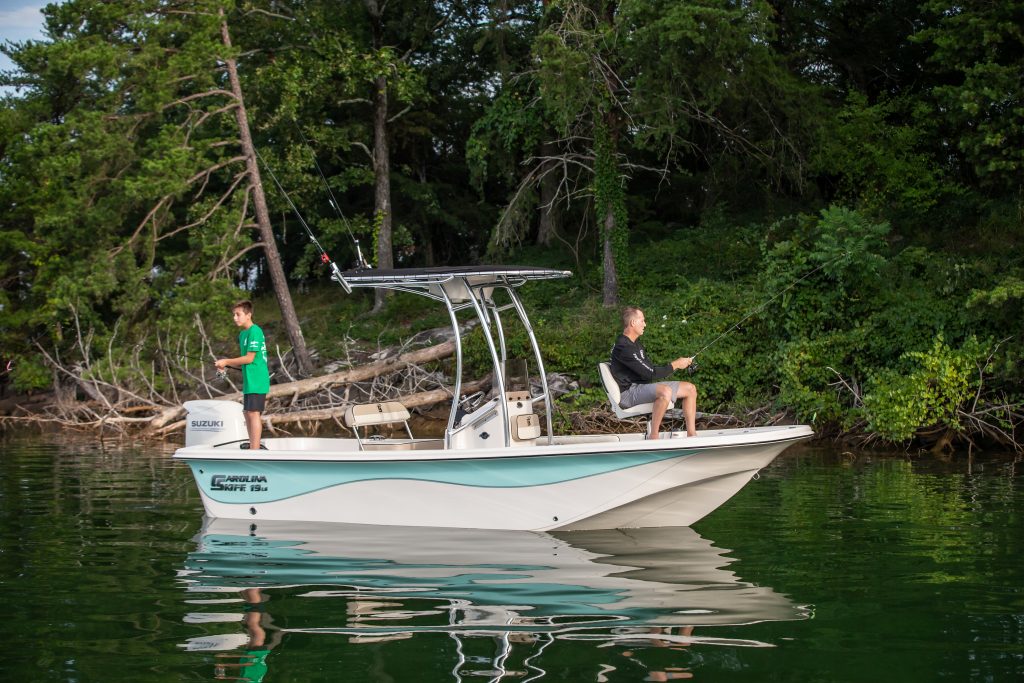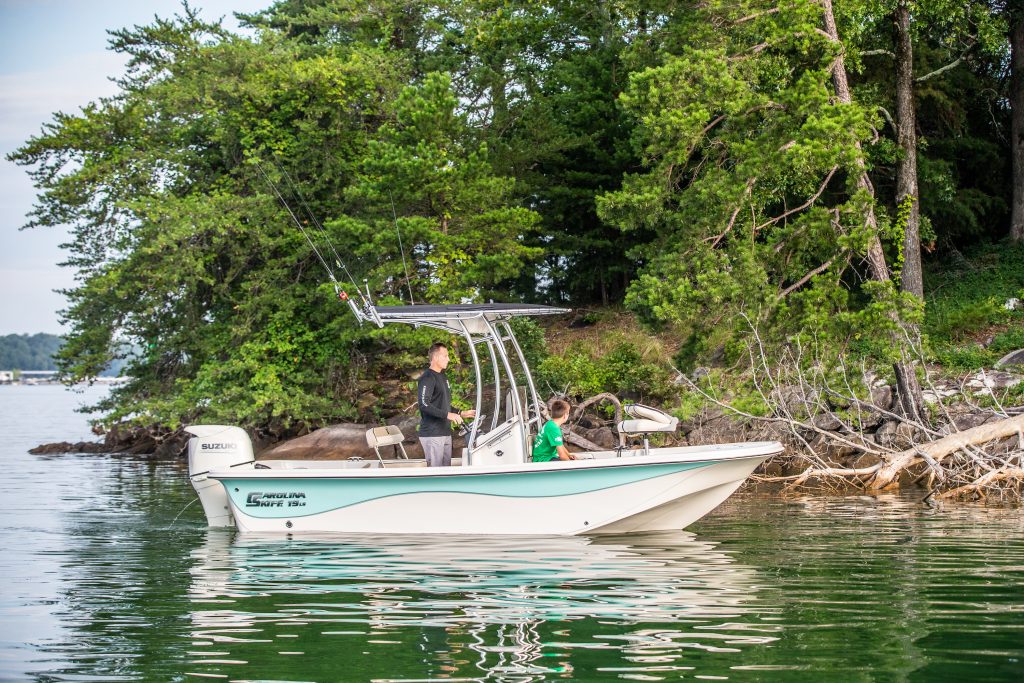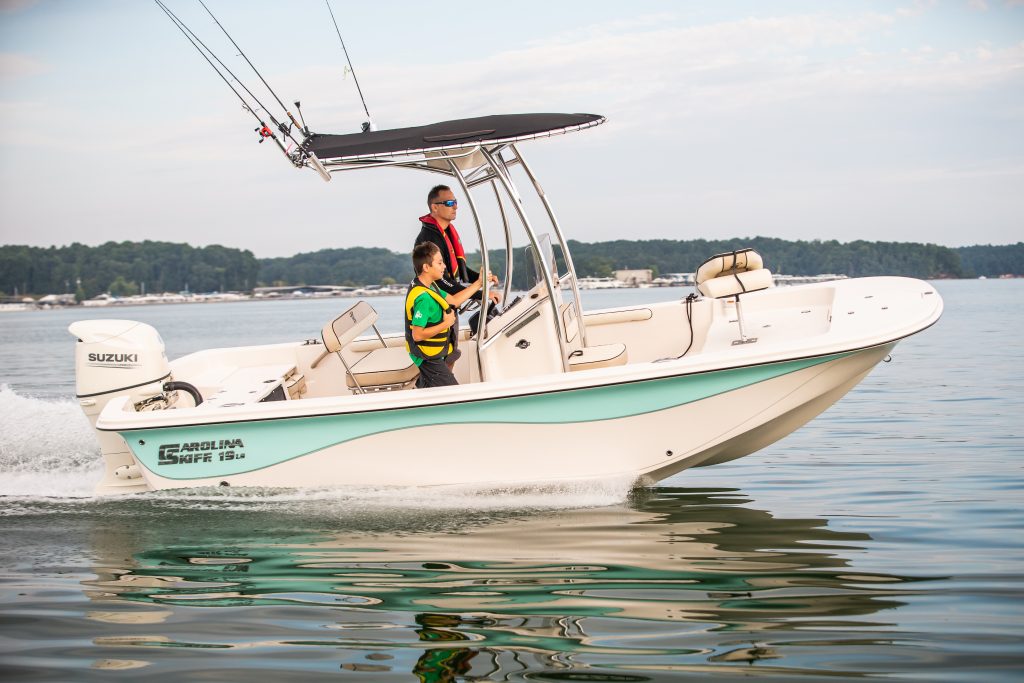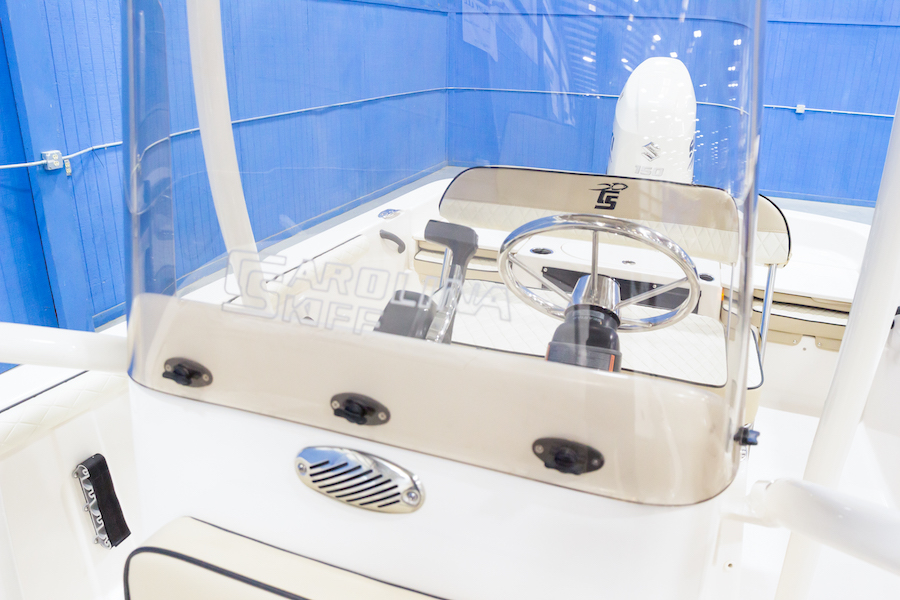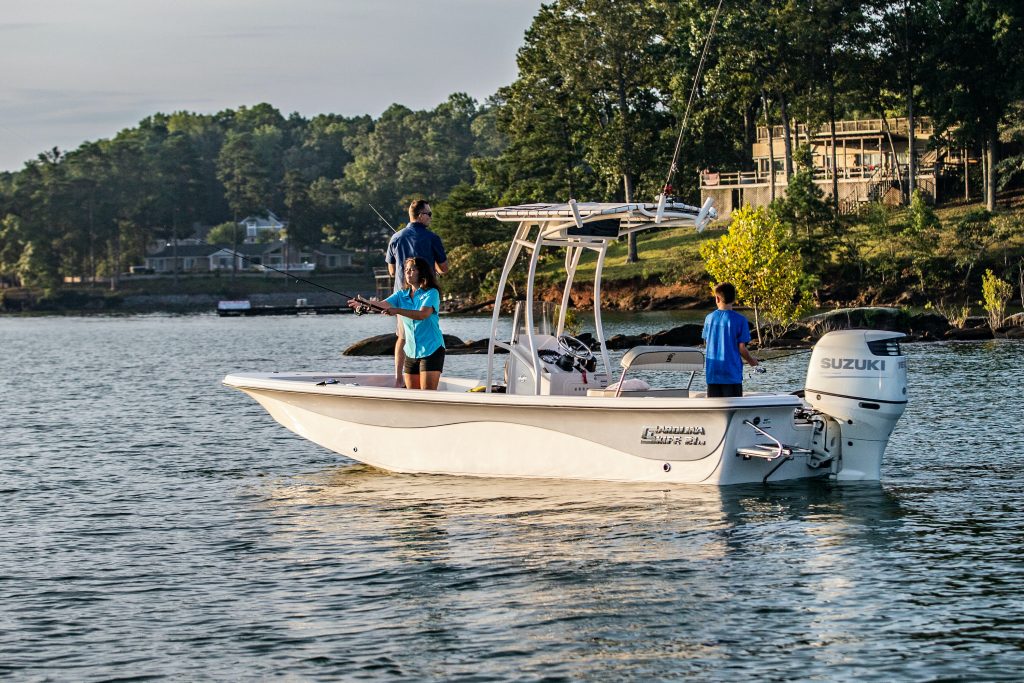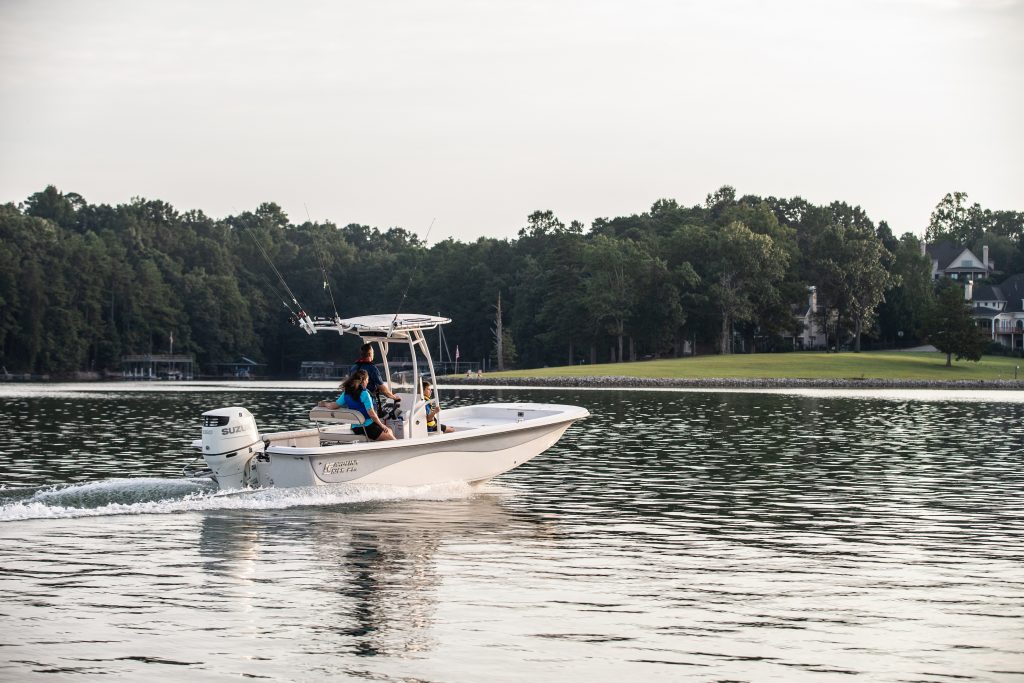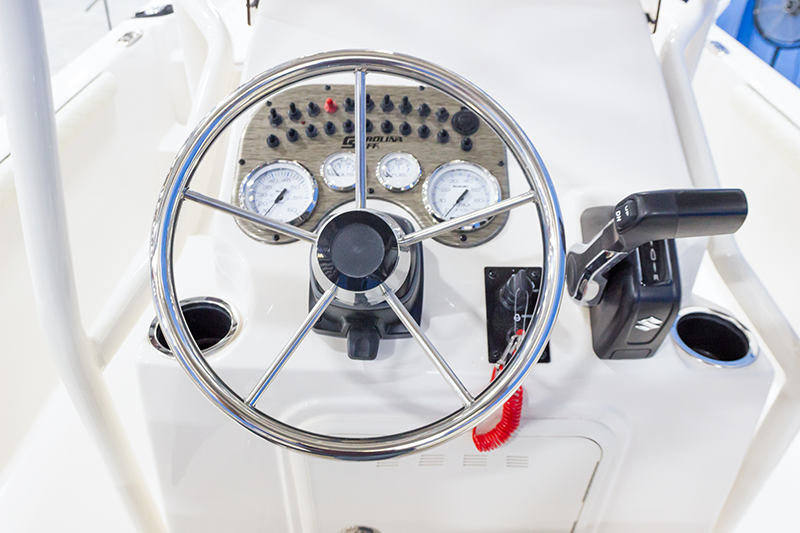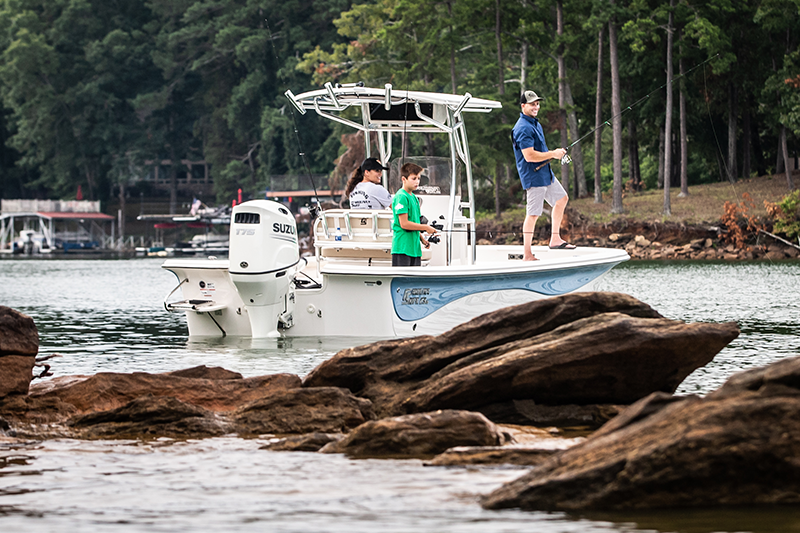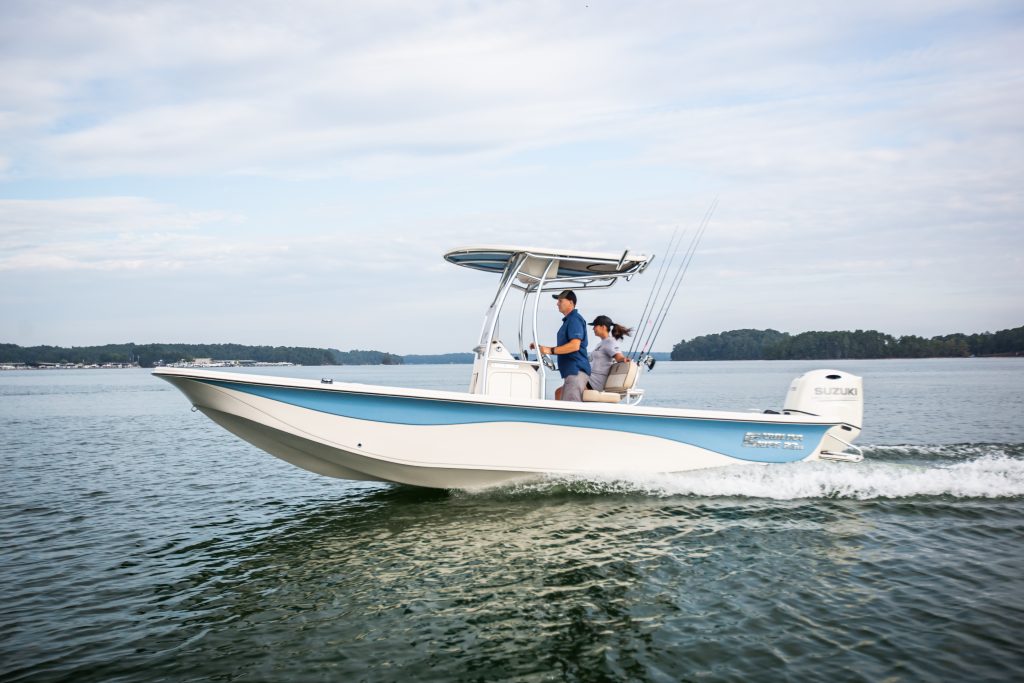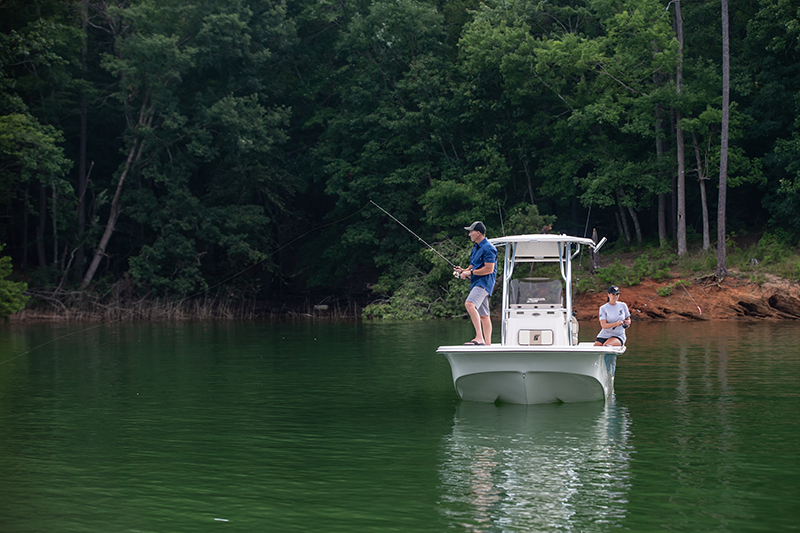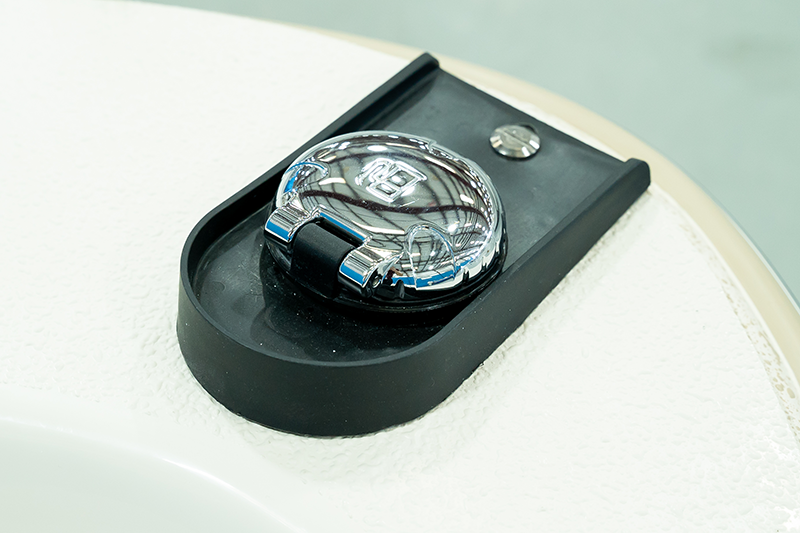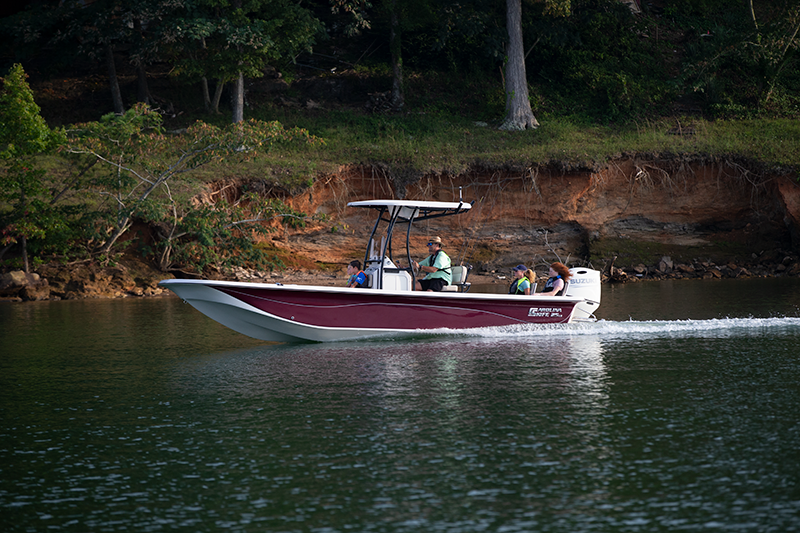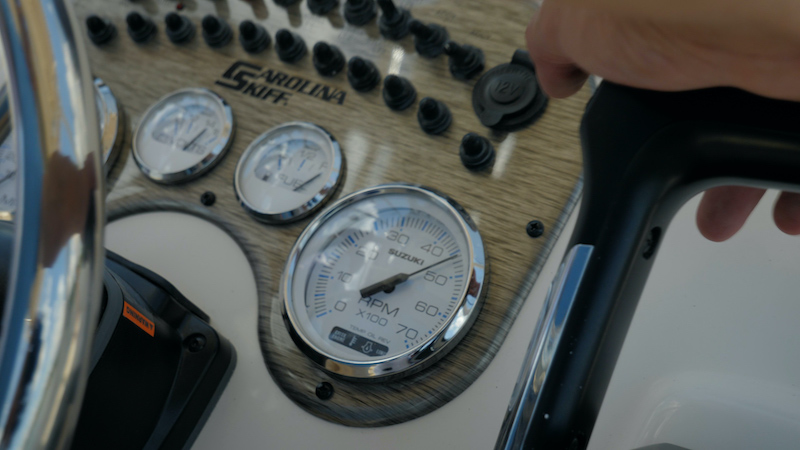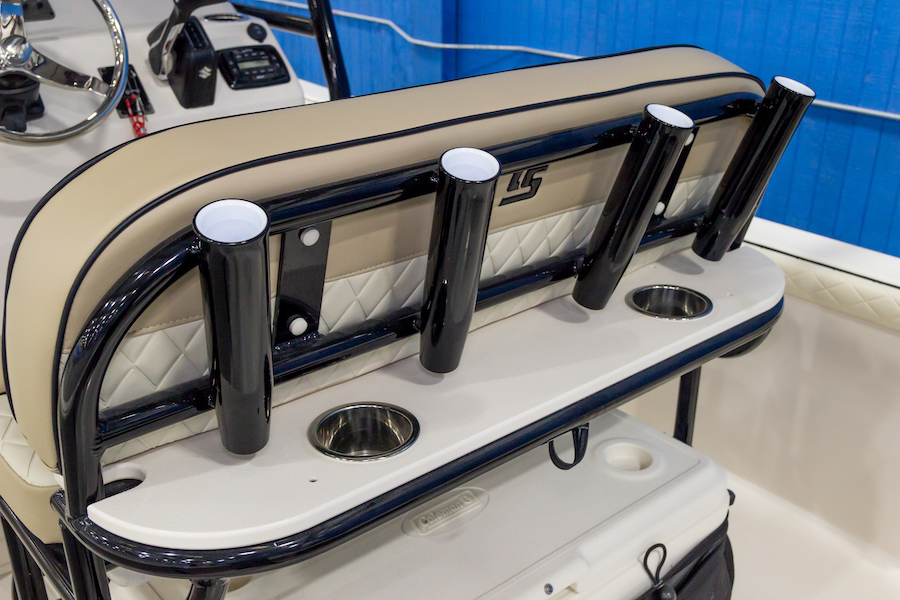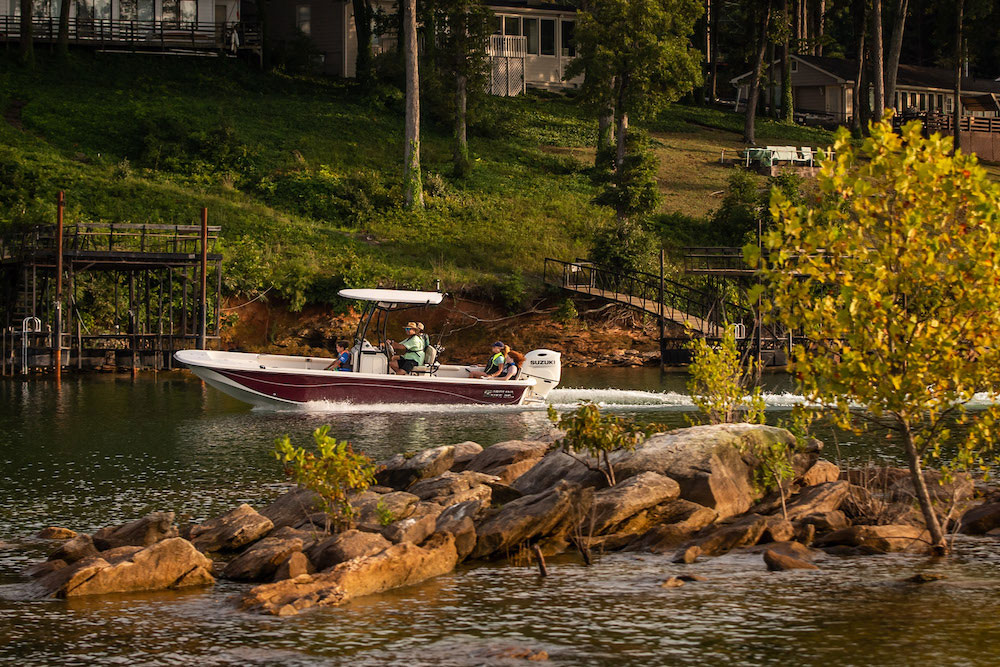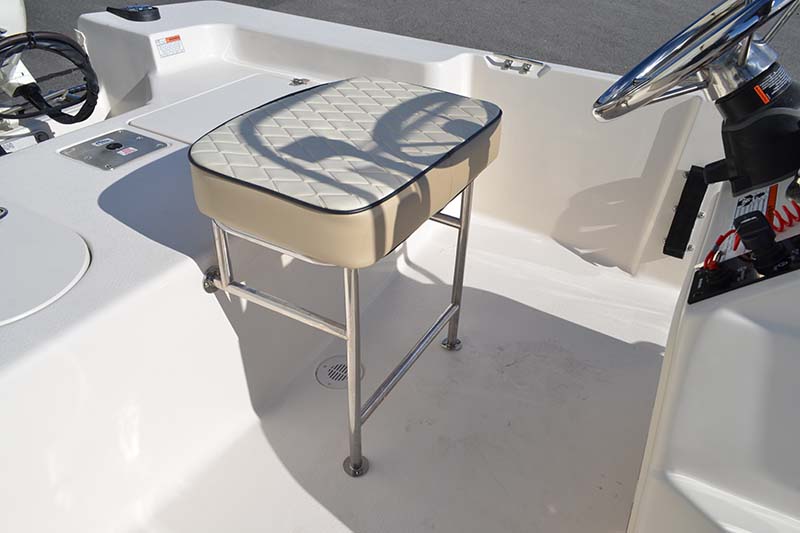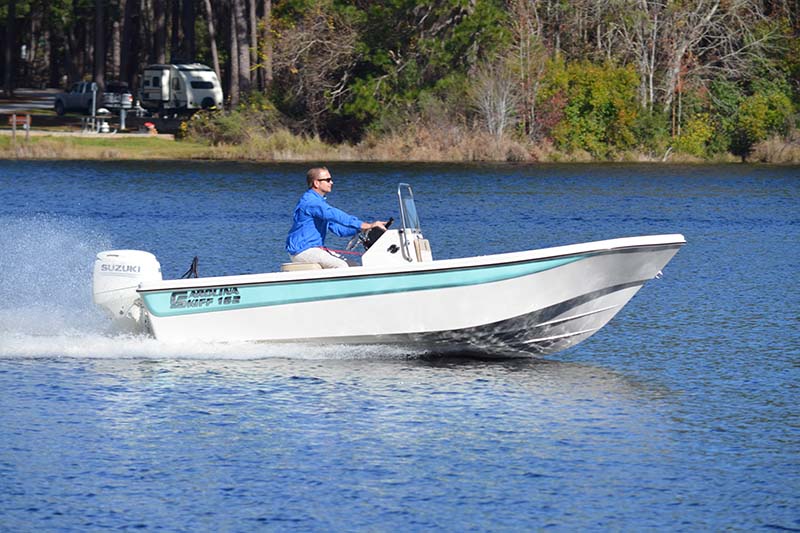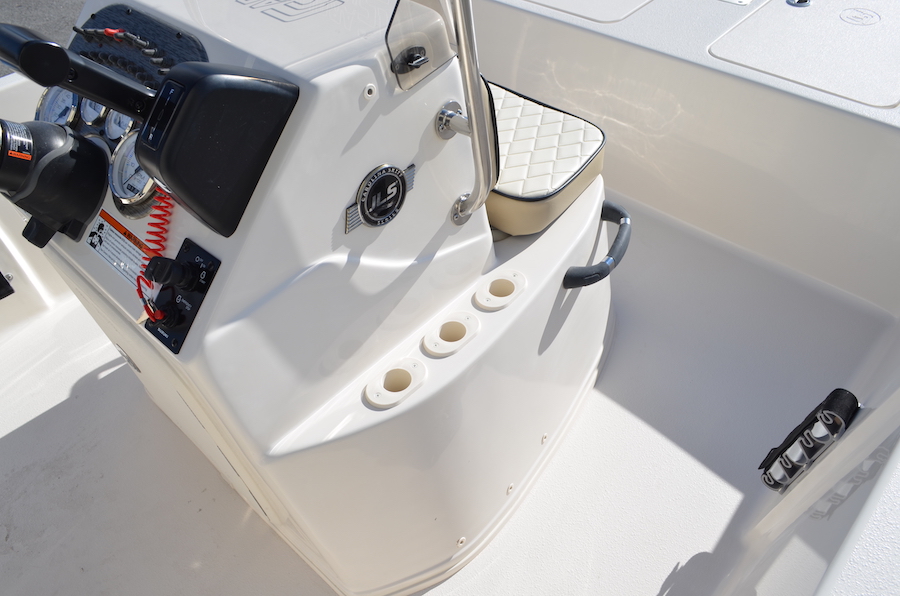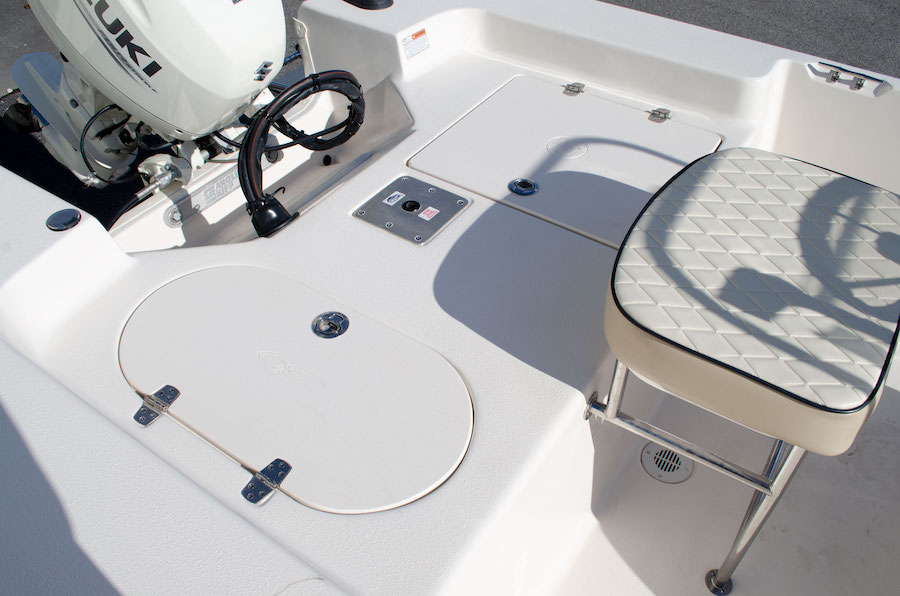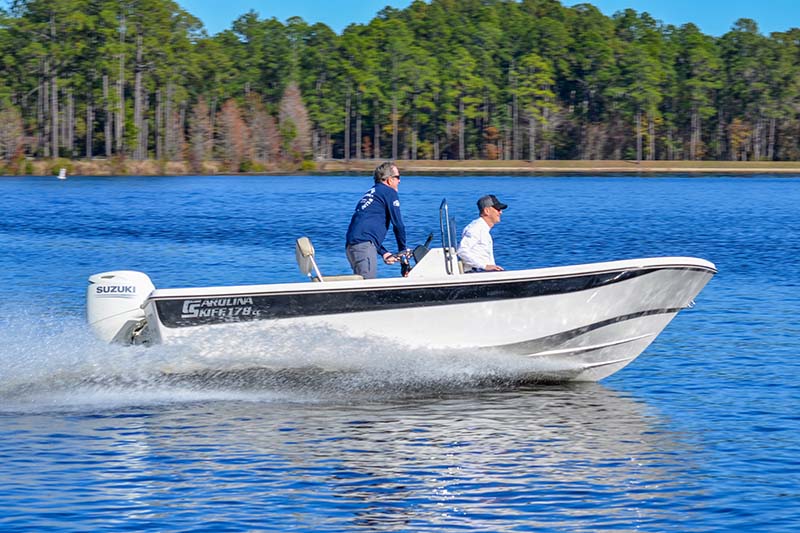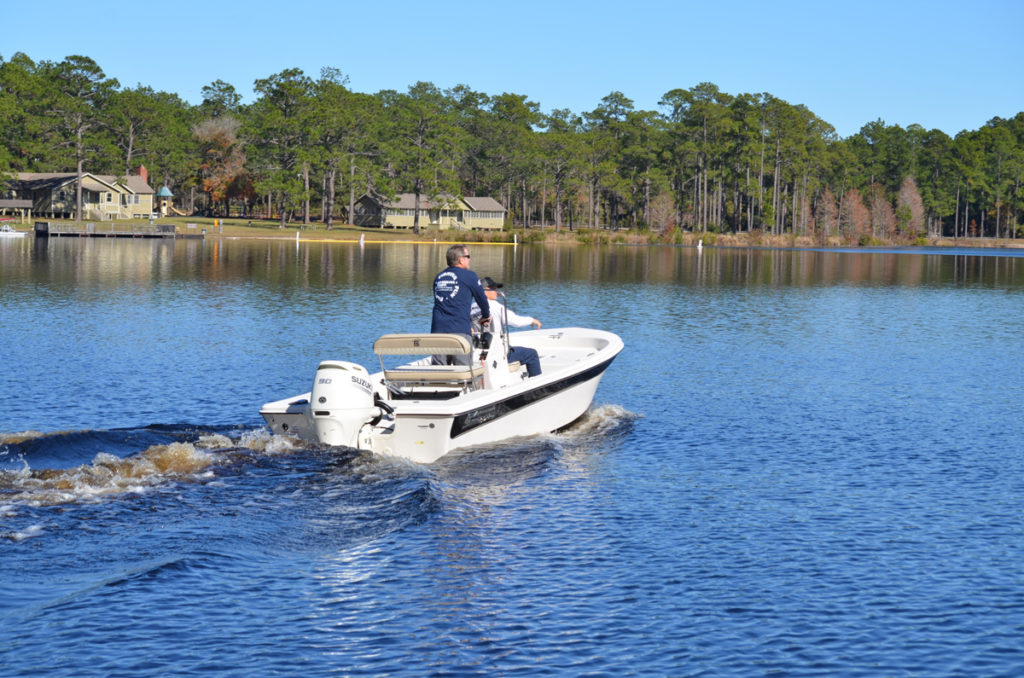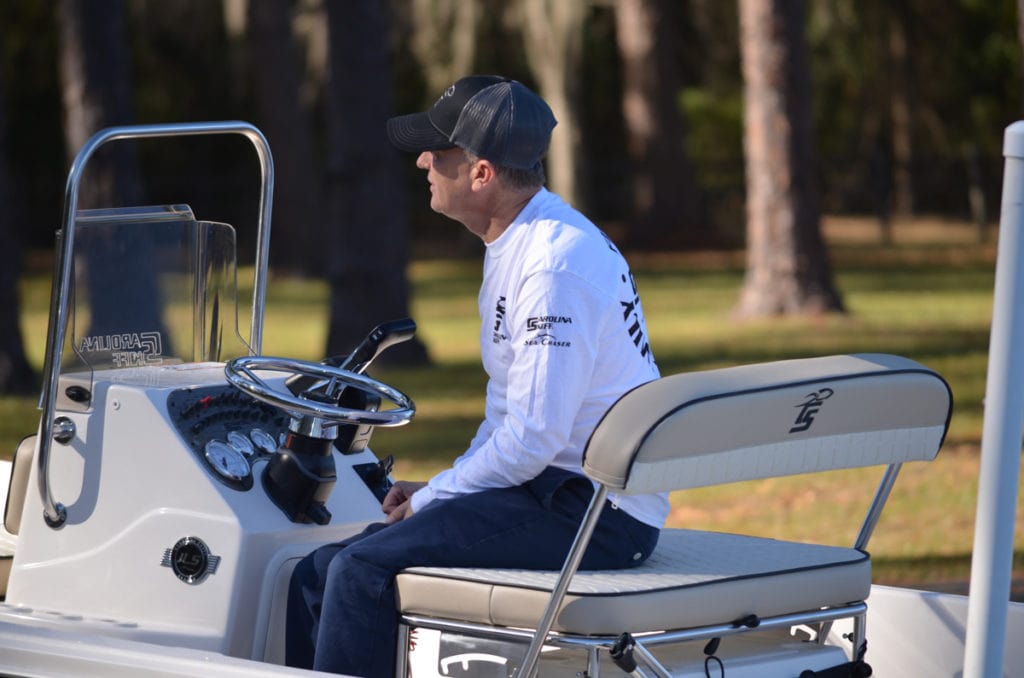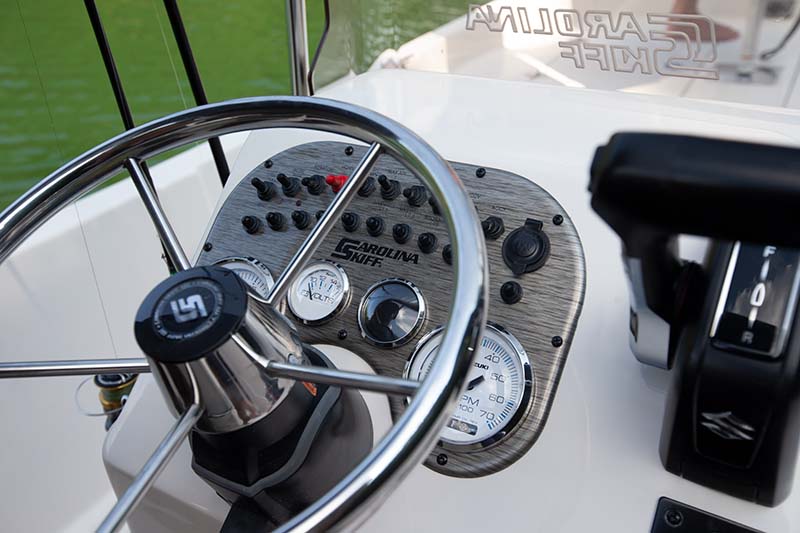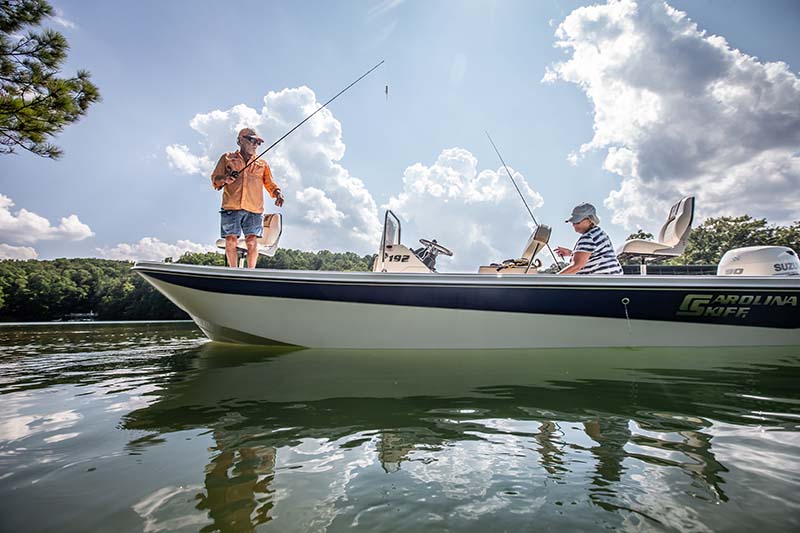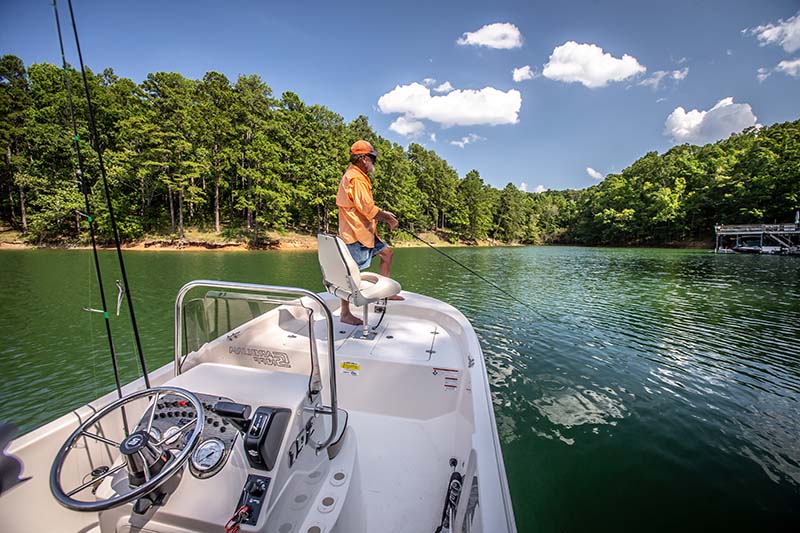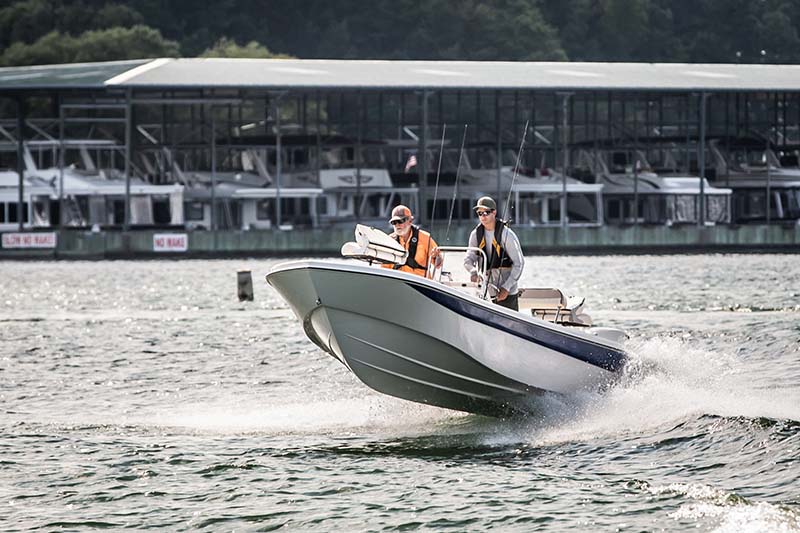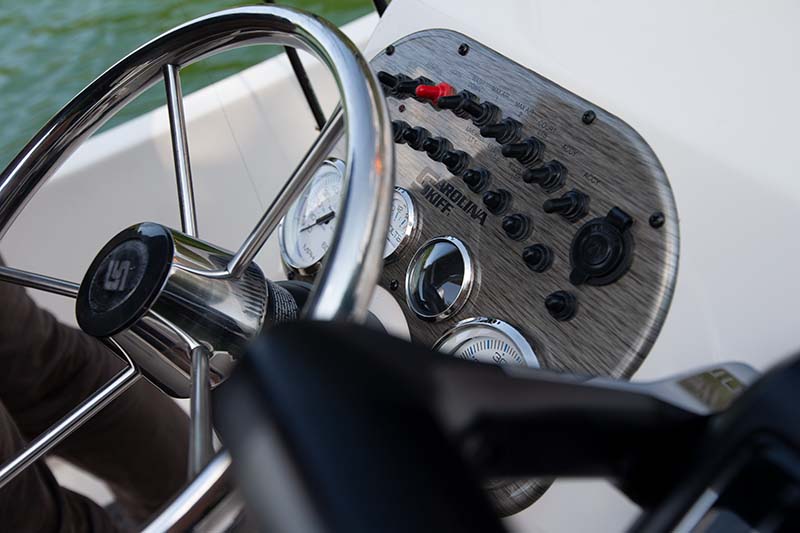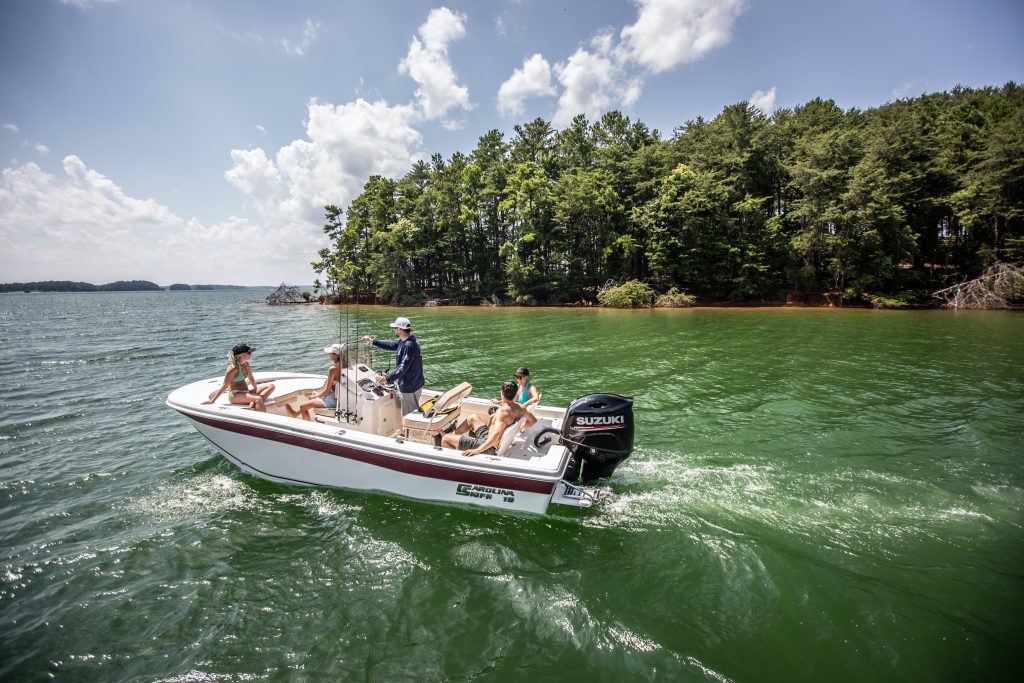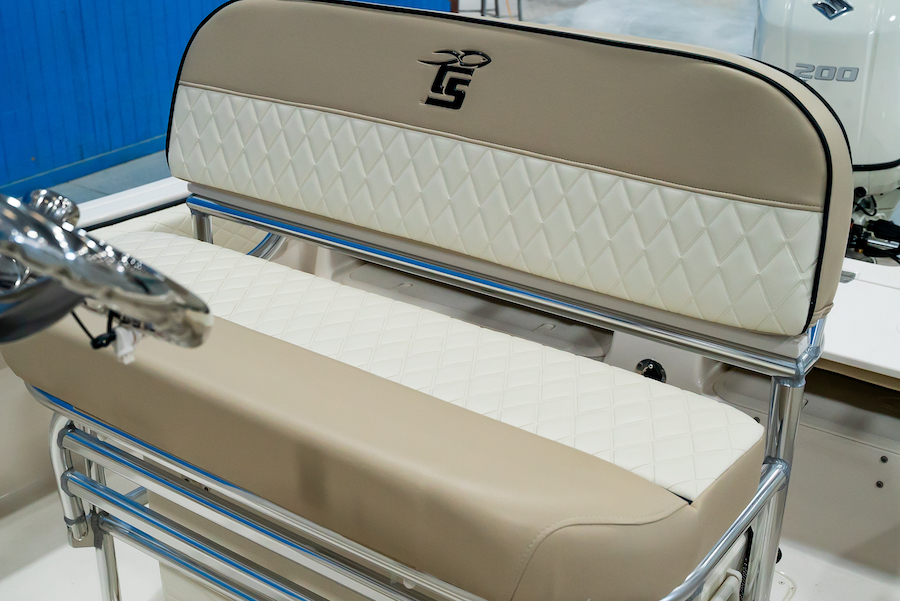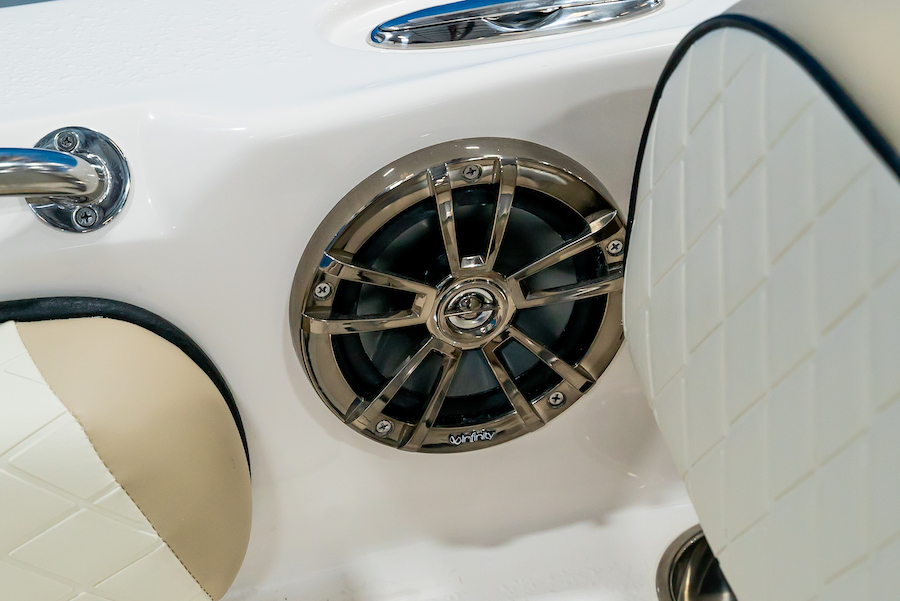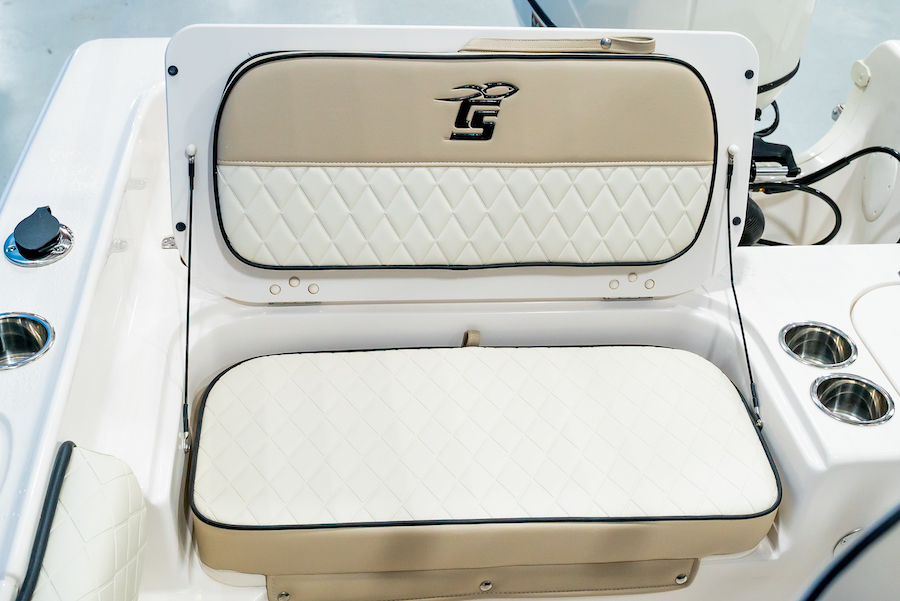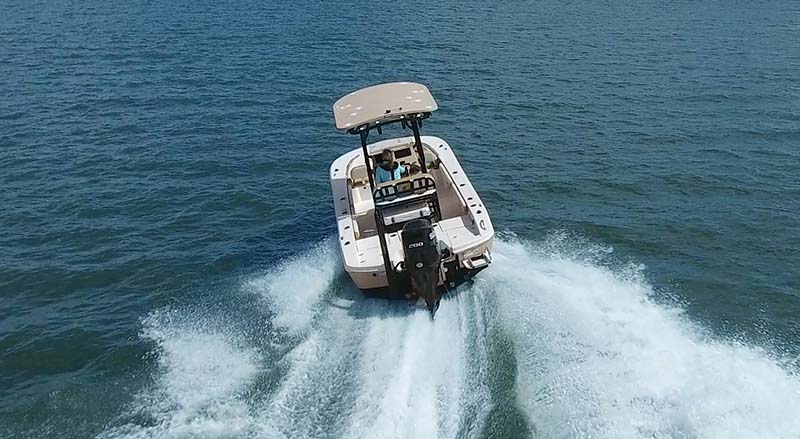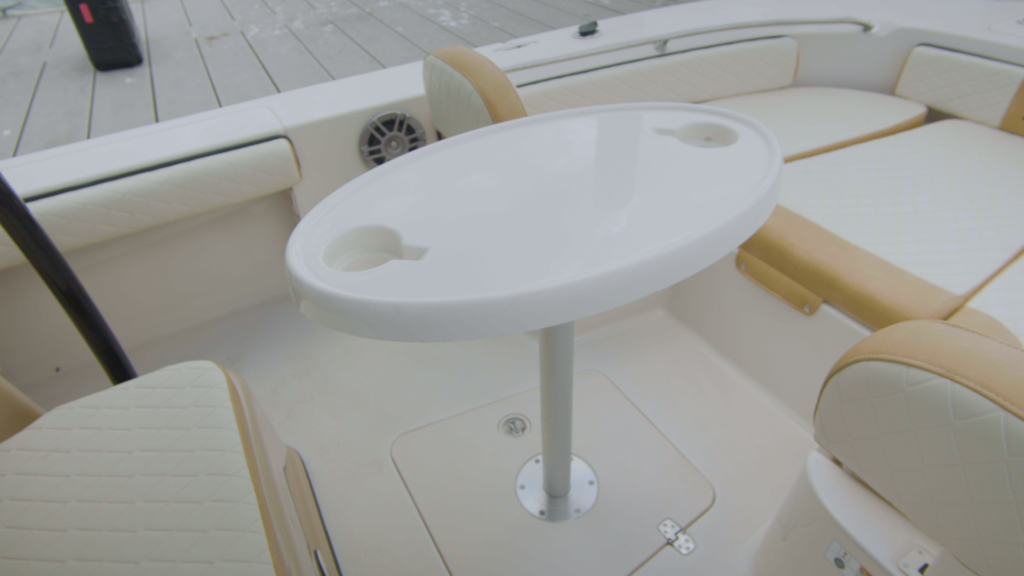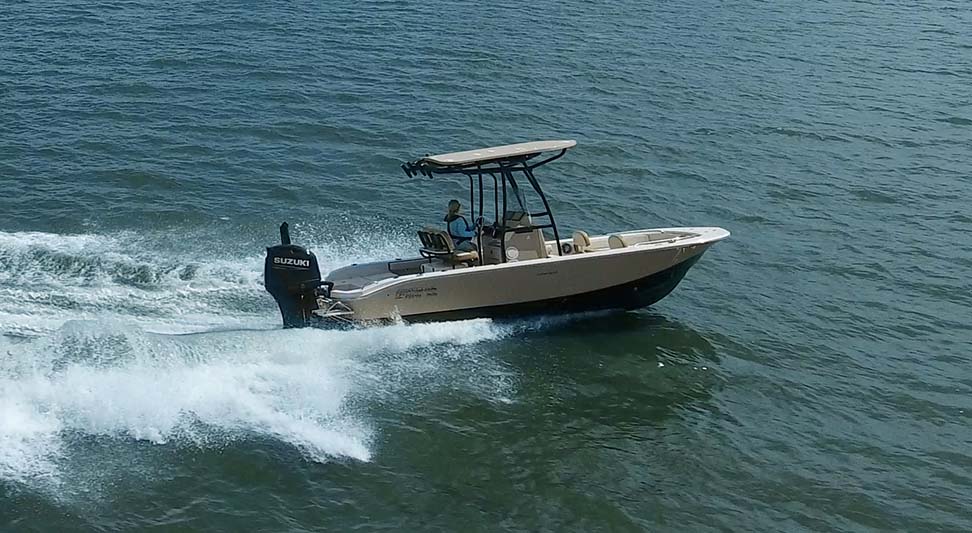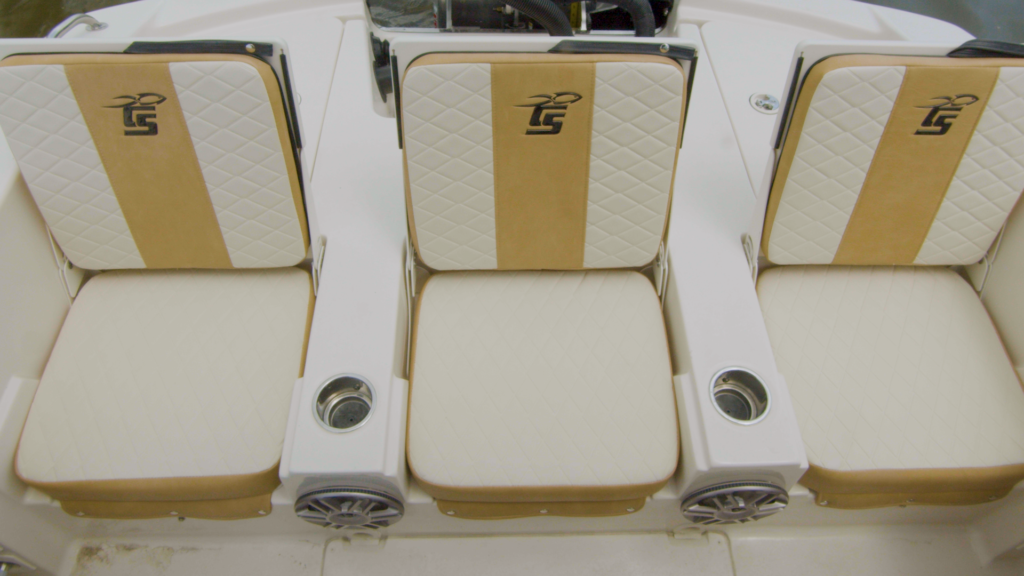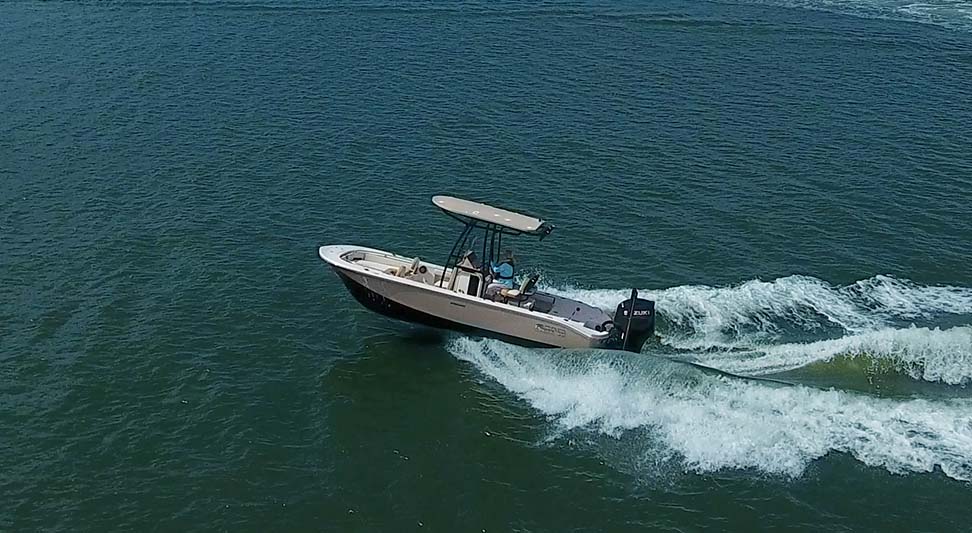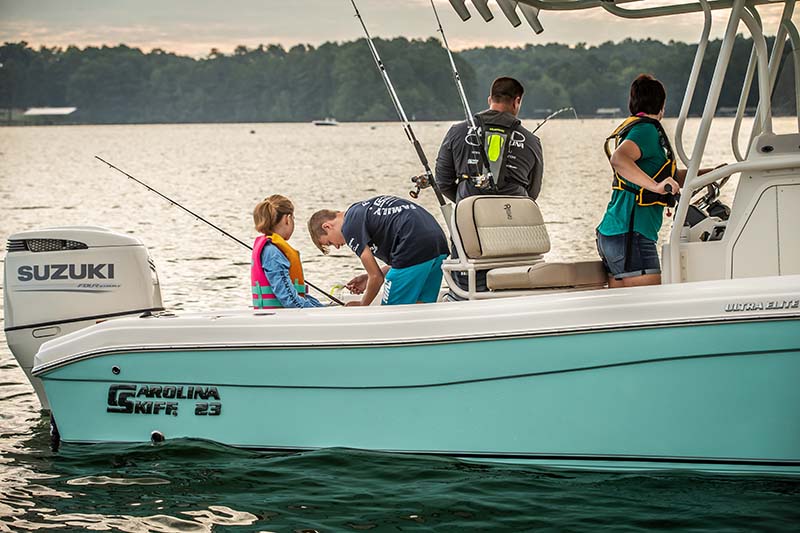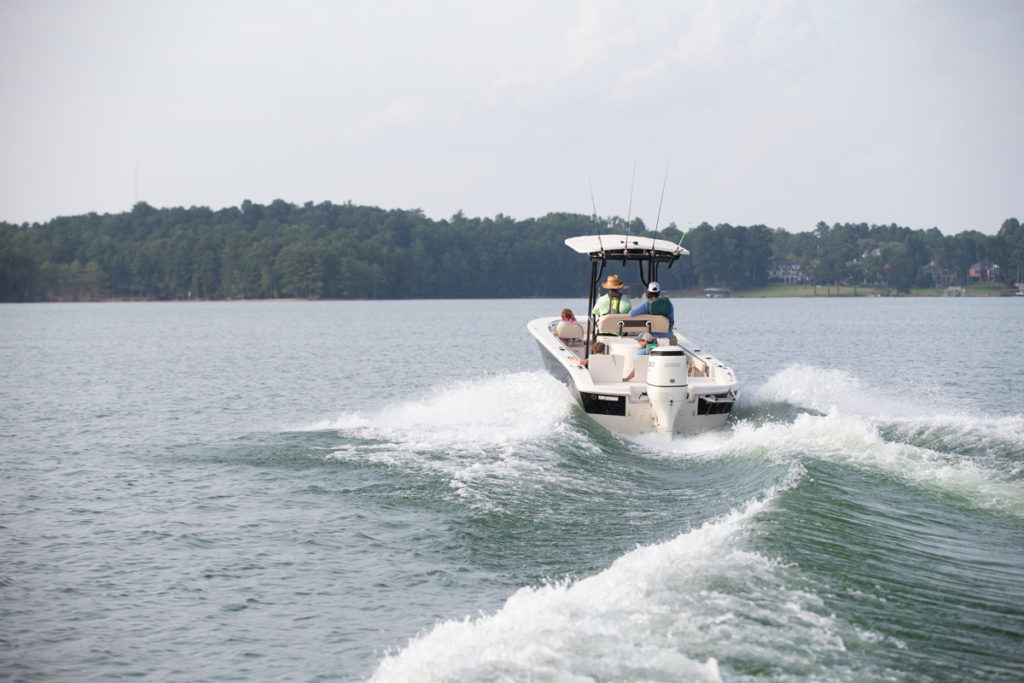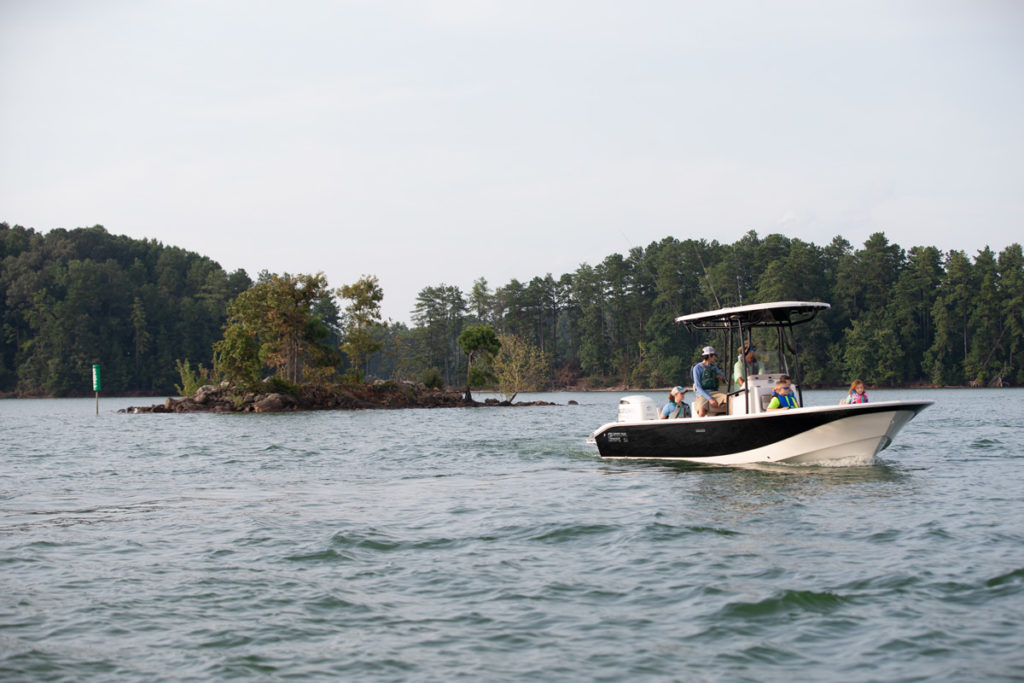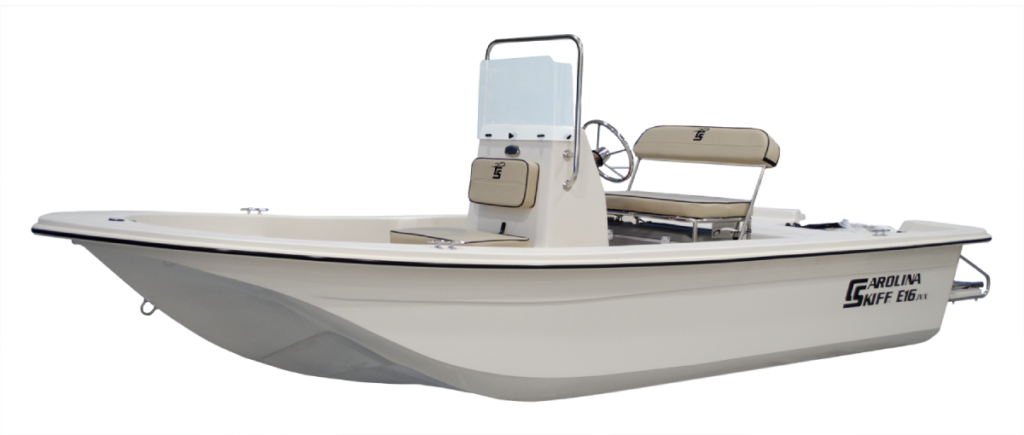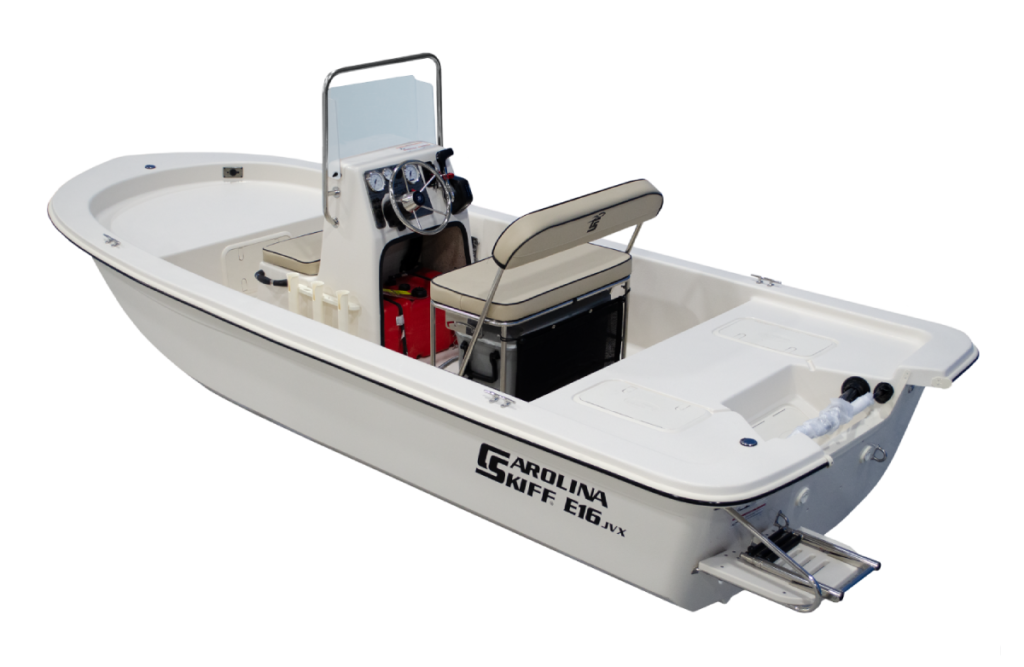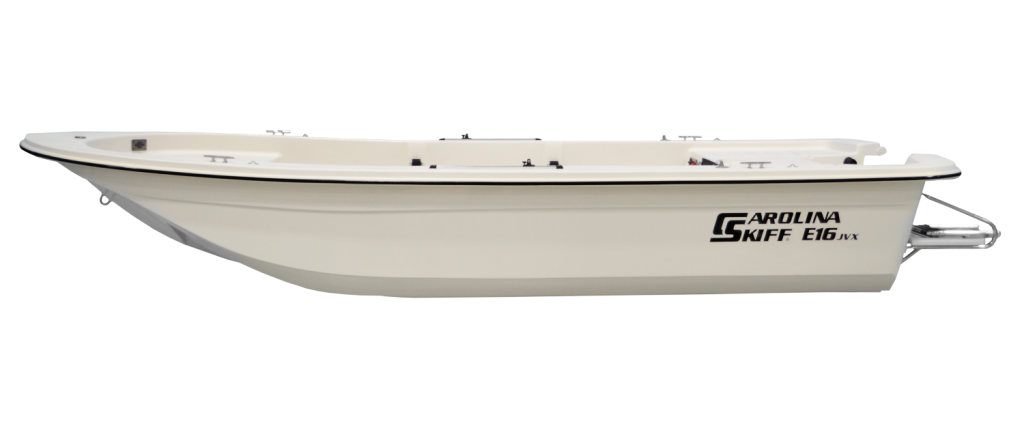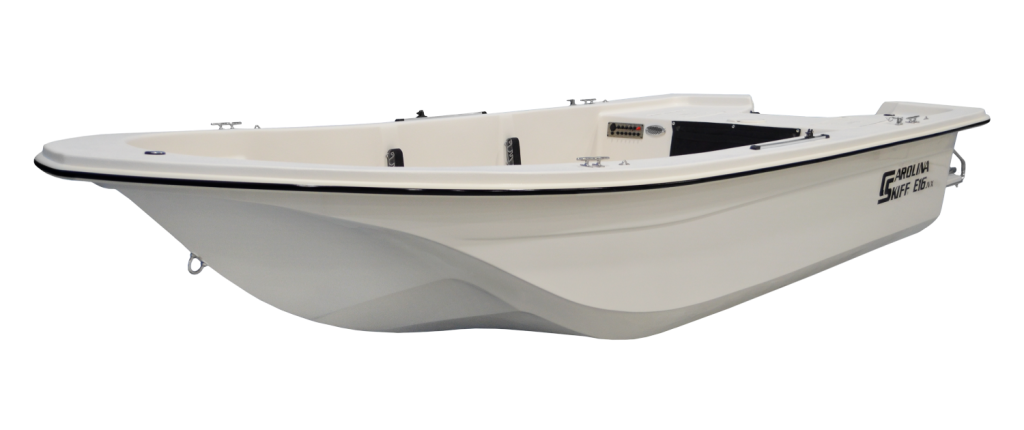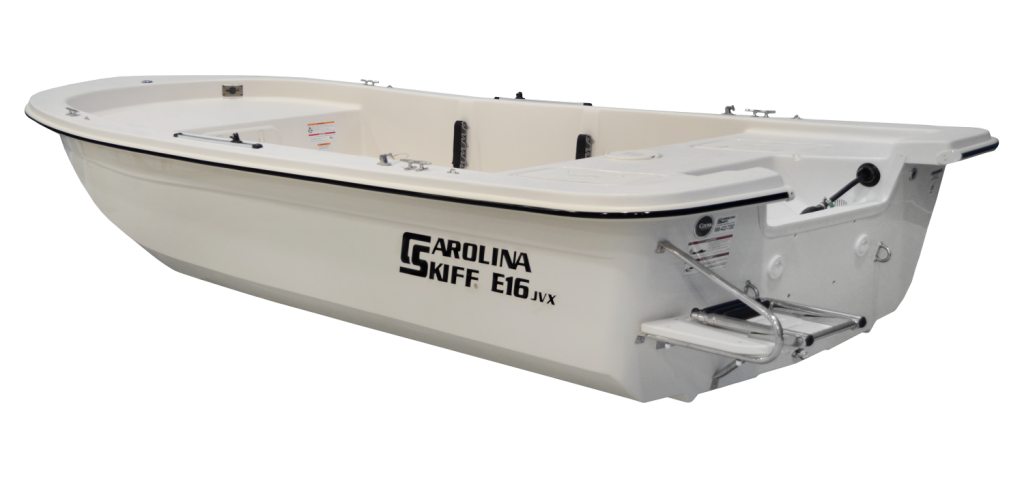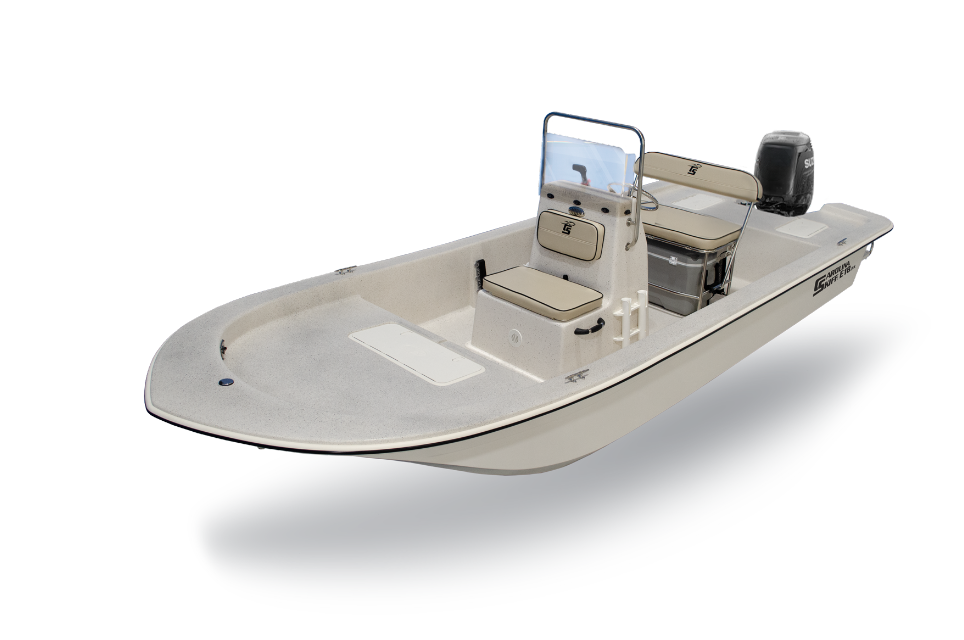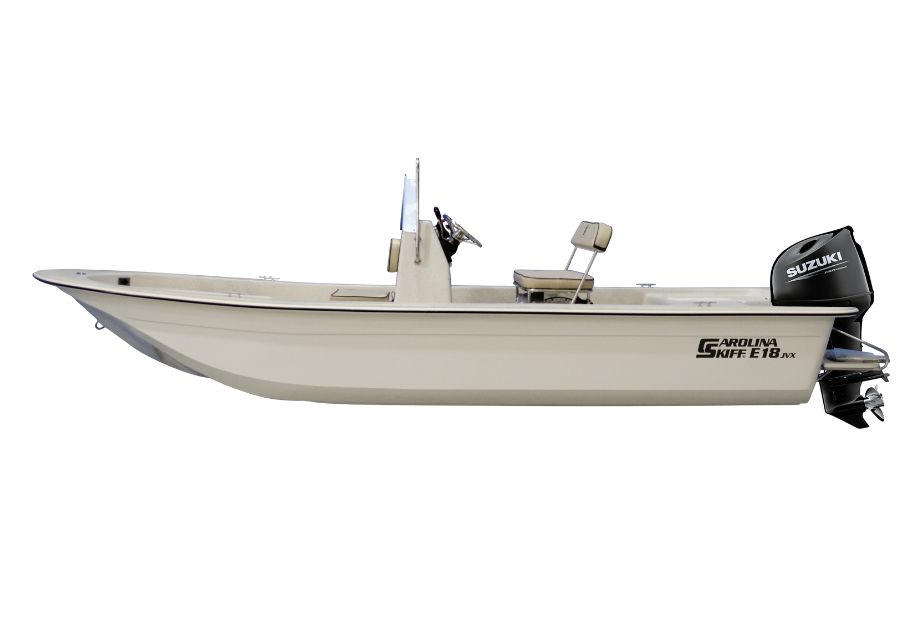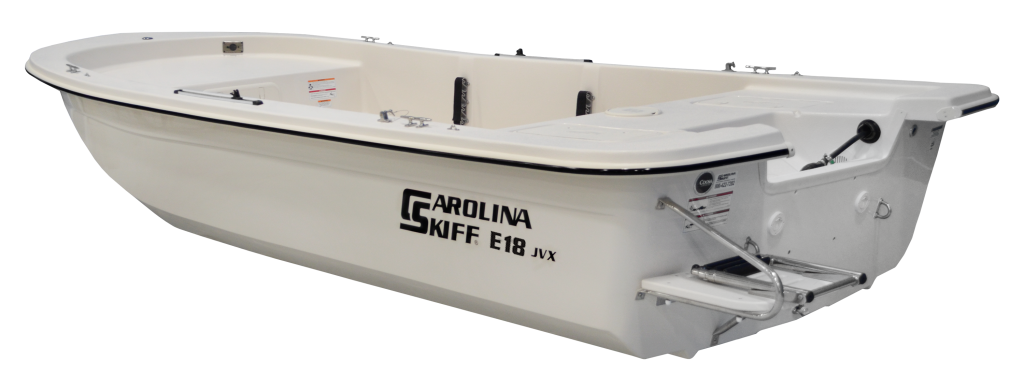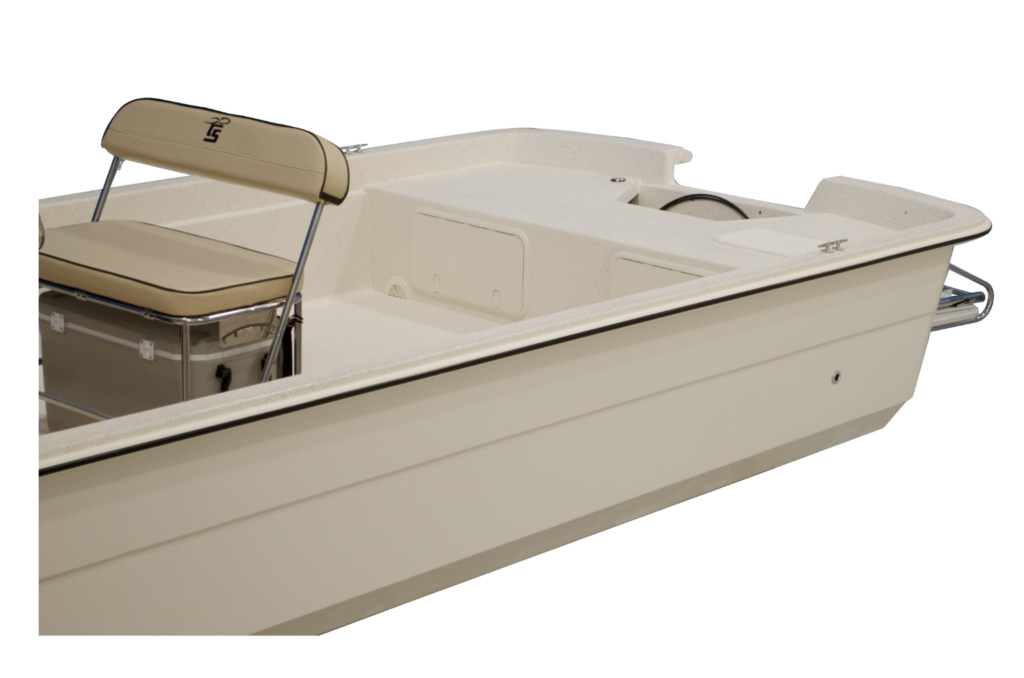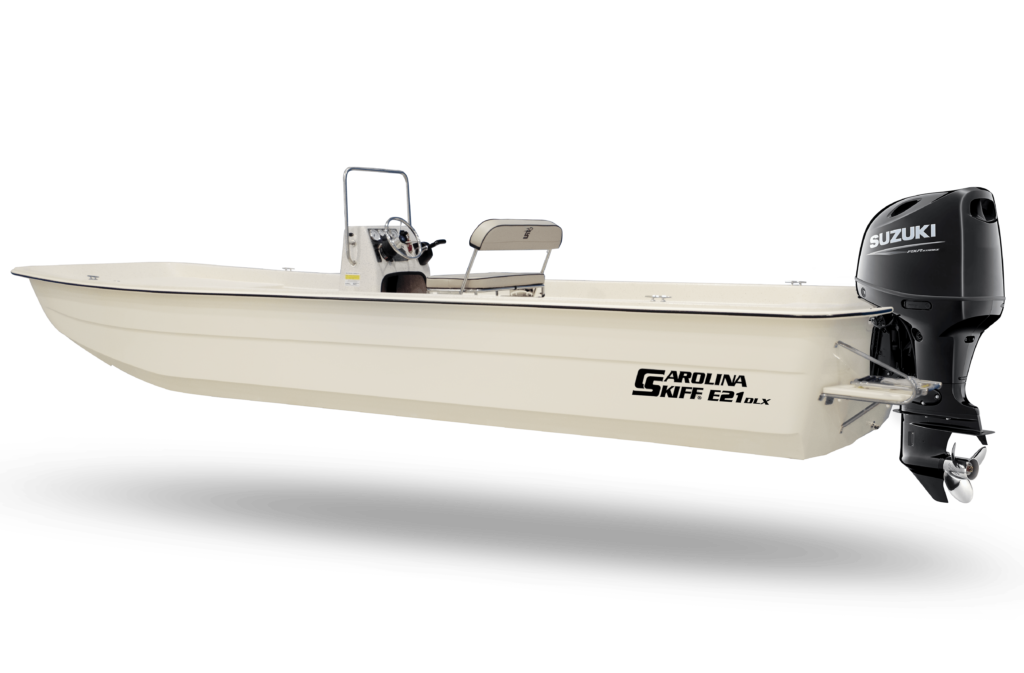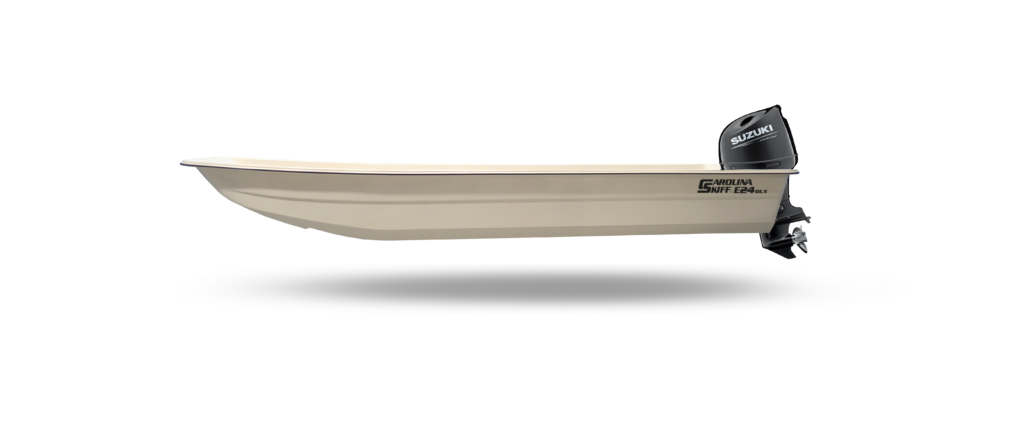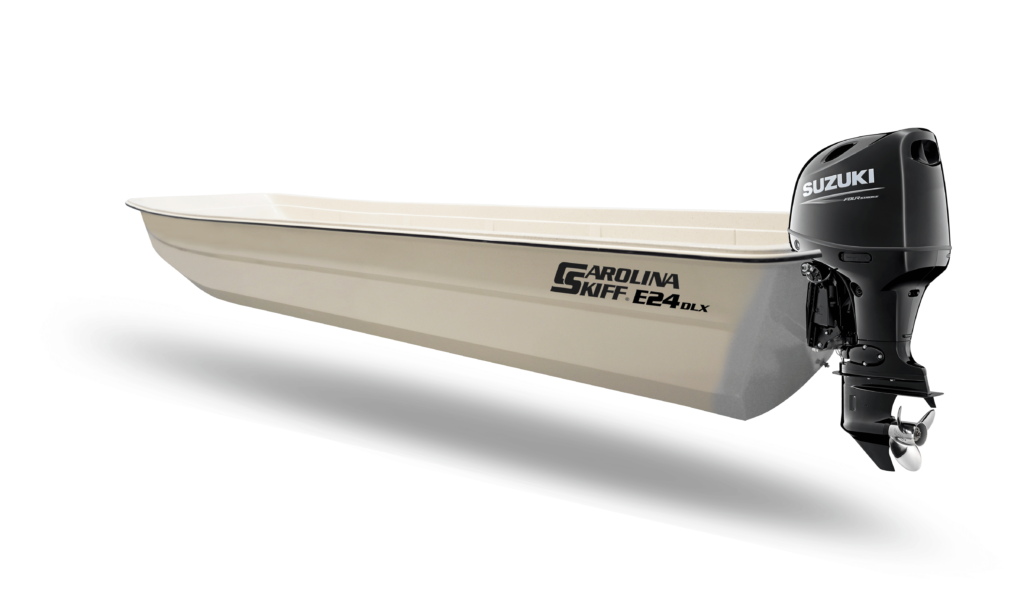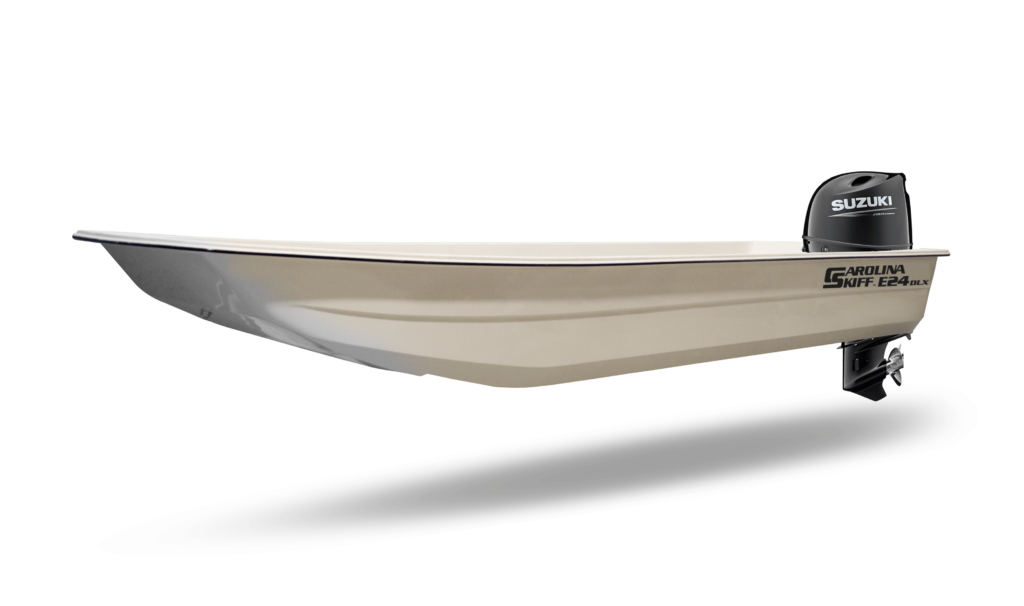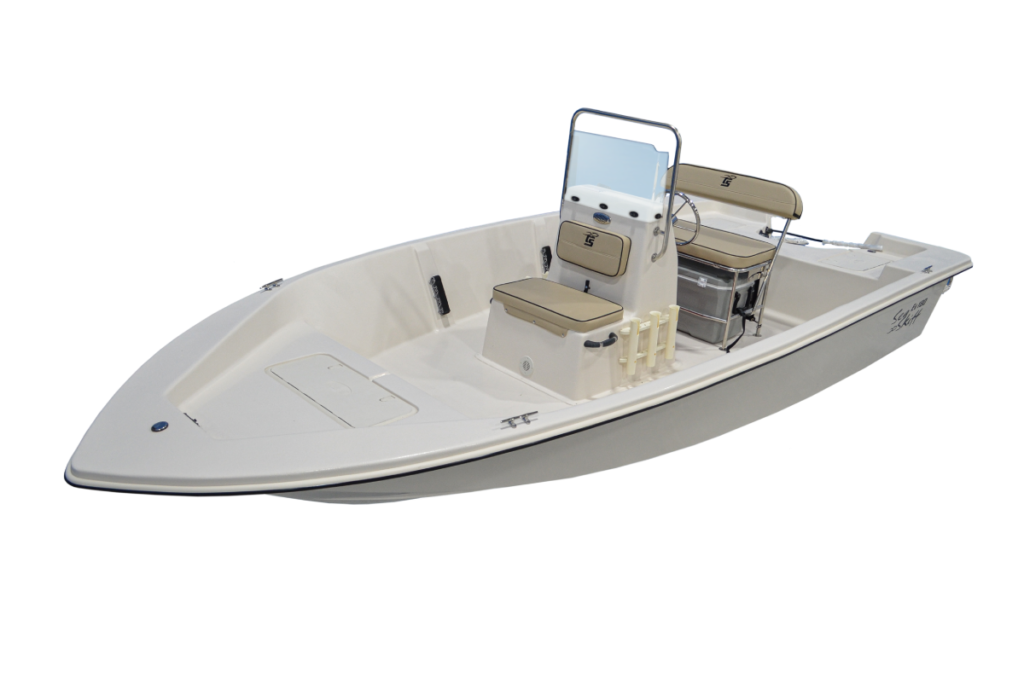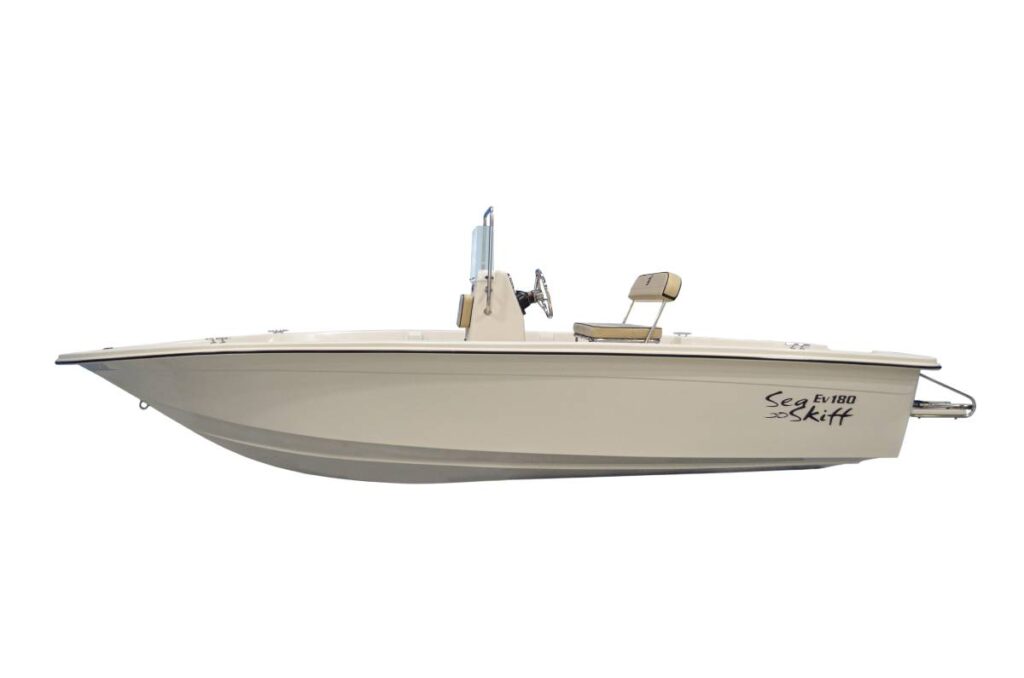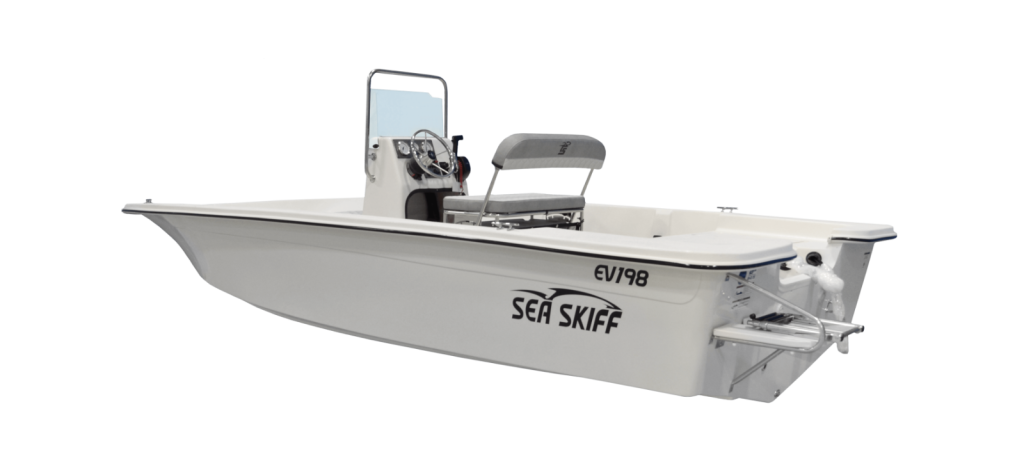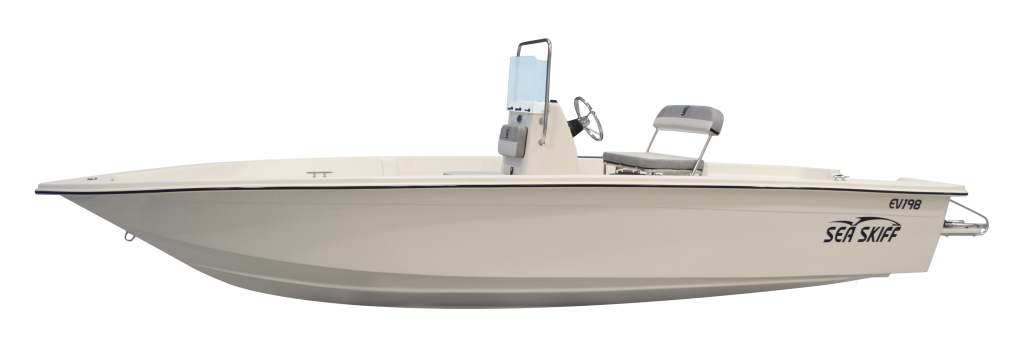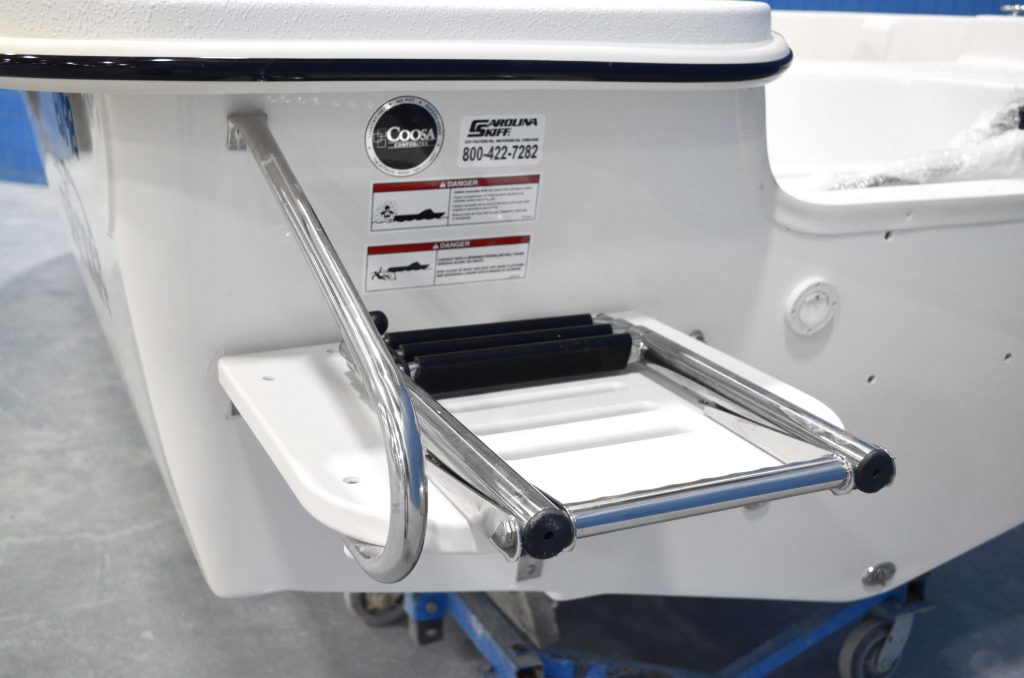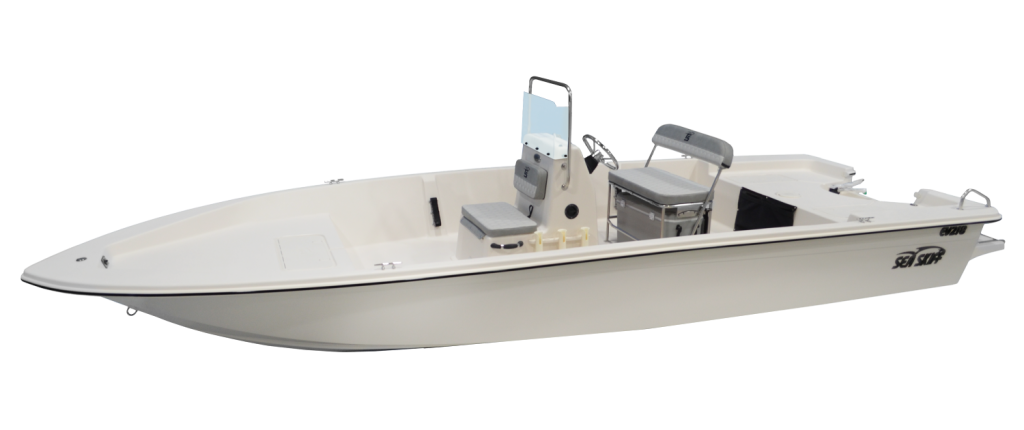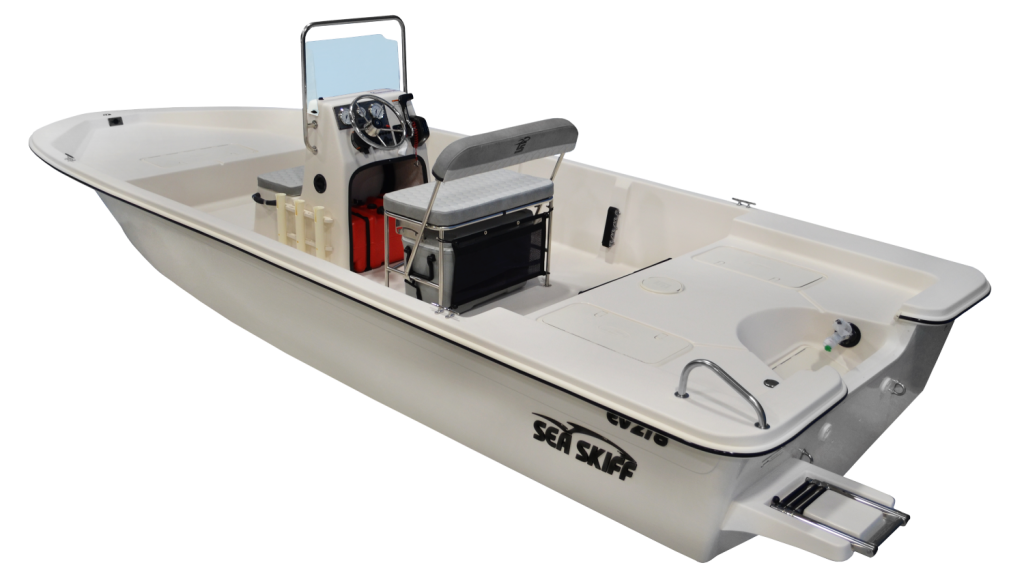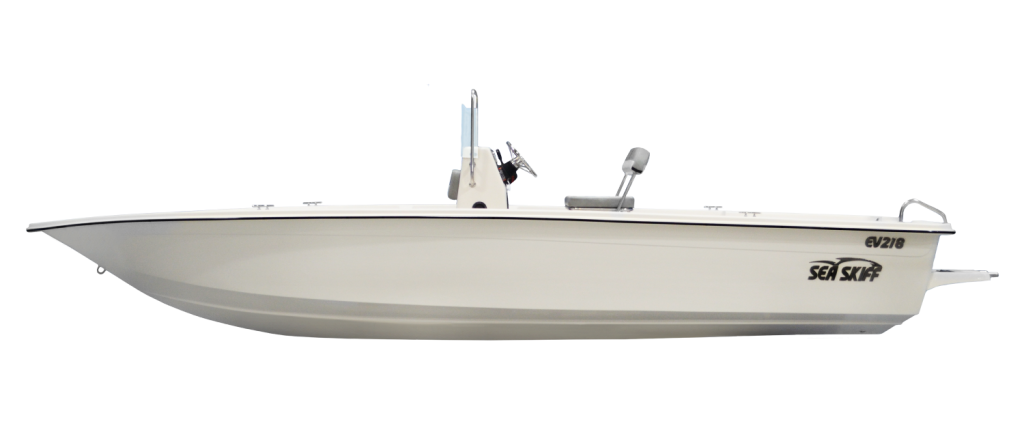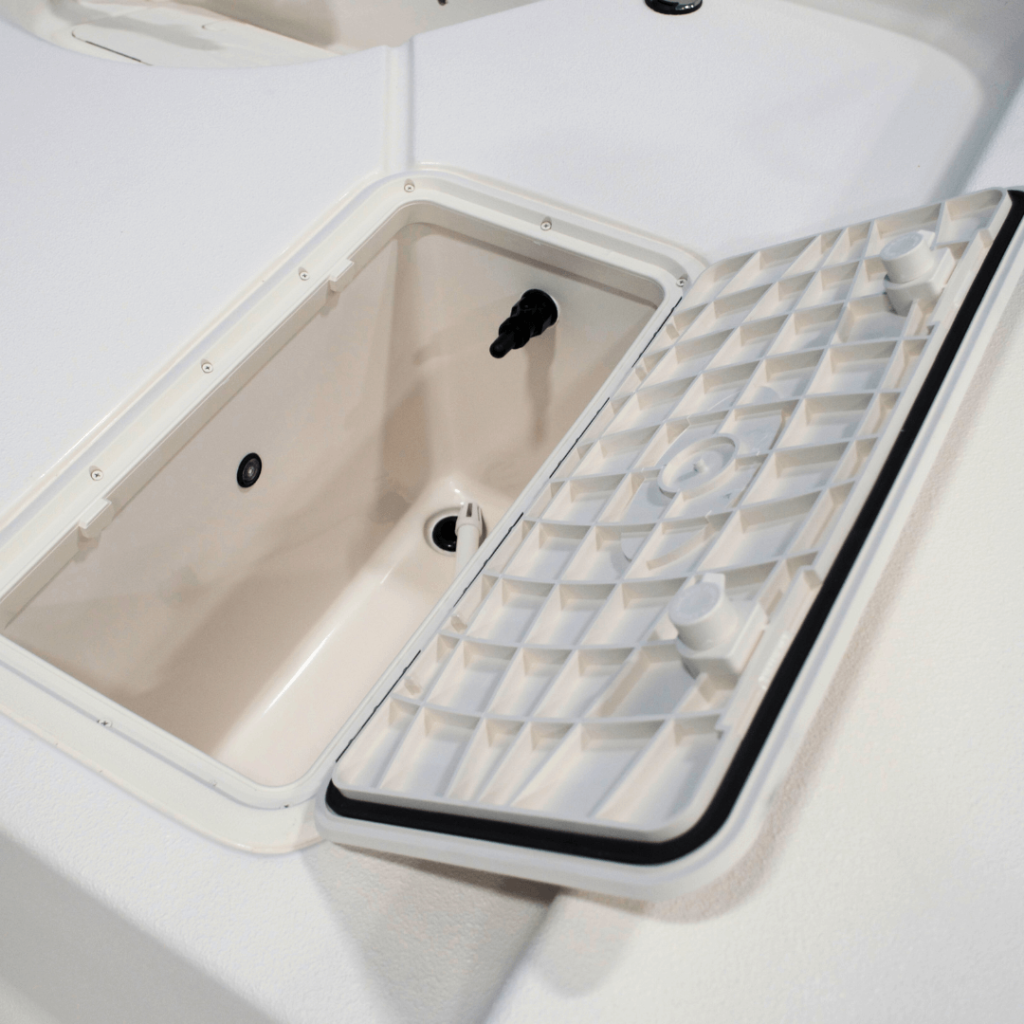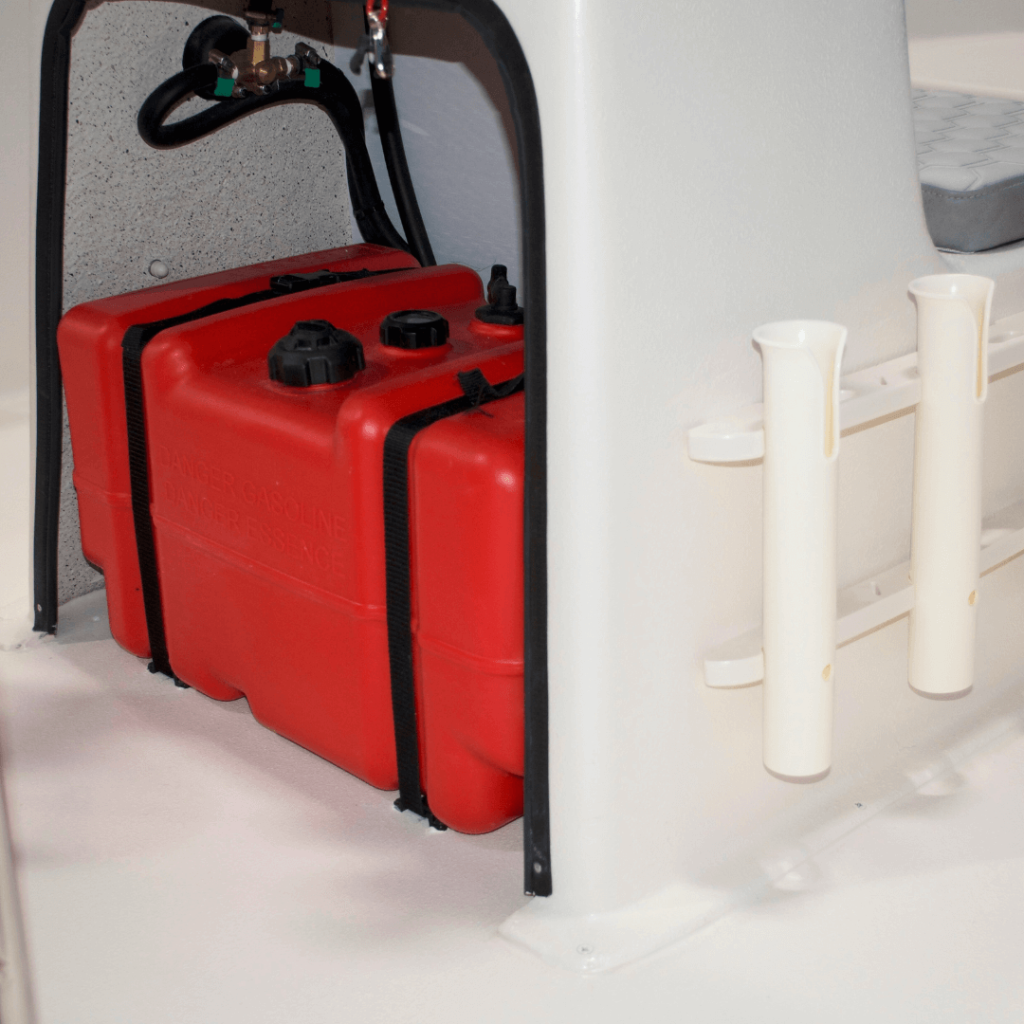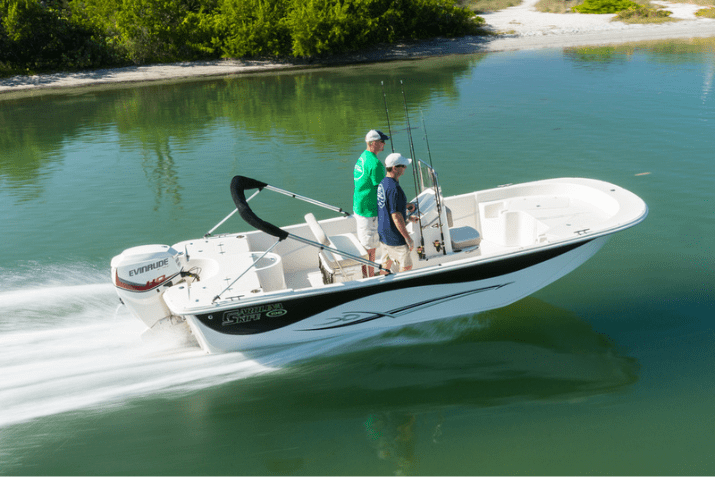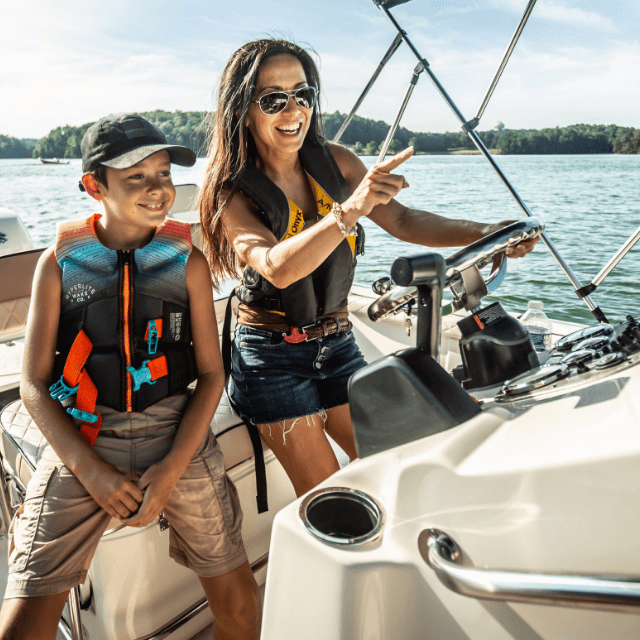Lobotes surinamensis are aptly named. More commonly known as tripletail, leaf fish or blackfish, these strange looking critters feature the dorsal, caudal and anal fins all close together at the rear of its body, hence its name. Camouflage with a mottled brown or dark color, these ambush predators can be found anywhere from nearshore depths to the Gulf Stream. Tripletail are prized for their fighting ability almost as much as their delicate flavor.
Tripletail ambush their prey by lurking near structure, often on their side. They can often be found around channel markers and other navigation aids, crab trap floats, pilings, and flotsam. They will even use the shadow of dead seabirds to hide and seek a meal. Offshore, tripletail will hold around sargassum and other weed lines, logs, pallets, and debris.

With a broad body and pronounced tails, these fish are scrappers. Medium-heavy tackle with braided line is preferred to pull the fish away from the structure, as their first inclination after being hooked is to dive and wrap the line around any obstacle. In open water, they will often jump, however.
Anglers targeting tripletail will often run a line of markers or trap floats, looking for suspending fish hanging near the surface. A quiet approach and a well-placed cast will typically trigger a strike. If the fish is spooked though, it may move off the object slightly or dive into the depths, so multiple casts are warranted. Tripletail usually are on the lee current side of structure, so casting all around a marker or buoy is also recommended. It helps to have the boat operator standing by, ready to shift into reverse on the strike to try and coax the fish away from entanglements.
Live or dead shrimp suspended under a float, live minnows or hunks of squid are tops on the tripletail menu. They will eat a variety of artificial lures and flies, too, including shrimp imitations like DOA, bucktail jigs, flashy hard baits like the Rapala Twitchin’ Series or Heddon Super Spooks and shrimp and crab flies with a quick sinking action. If using heavy braid and the water is stained, the line can be tied directly to the hook eye. For clear water, fluorocarbon leader in 40-pound test or heavier is preferred.
Anglers who are passionate about stalking tripletail should give serious consideration to the Sea Chaser HFC Series from Carolina Skiff. The Hybrid Fish & Cruise capability allows owners the flexibility to fish the bays and coastal zones or run offshore in comfort and style.

The HFC Models are truly a revolutionary design built for the dedicated angler and active families in mind. The HFC is perfect to tackle most anglers needs from redfish, triple tails and many other species yet provide the perfect options for every member of the family to enjoy time on the water snorkeling, cruising, tubing and more.
A top performer and perfect boat for the triple tail angler is the Sea Chaser 27 HFC. Sporting a 27-foot length and 114-inch beam that will span the waves and offer plenty of fishing room for family and friends. Standard features include a rear 30-gallon baitwell with a recirculating system and LED lighting, another 40-gallon bait well in the leaning post and plenty of rod and catch storage. With a 500-horsepower rating, a fuel capacity of 181 gallons and a high-performance stepped hull design; the Sea Chaser 27 HFC has the speed and range to fish the weed lines and markers for tripletail all day long.
See the full line of Carolina Skiff and Sea Chaser boats at carolinaskiff.com. Carolina Skiff has been building boats for over 30 years and with 60 different models and options, you will find the boat you desire to best meet your specific needs. Plus, you can use the Build A Boat feature for the model selected and choose the options you want. Check out Carolina Skiff.com today to find your nearest dealer or request a catalog. Check out the loyal following of Carolina Skiff fans on Facebook and join!








